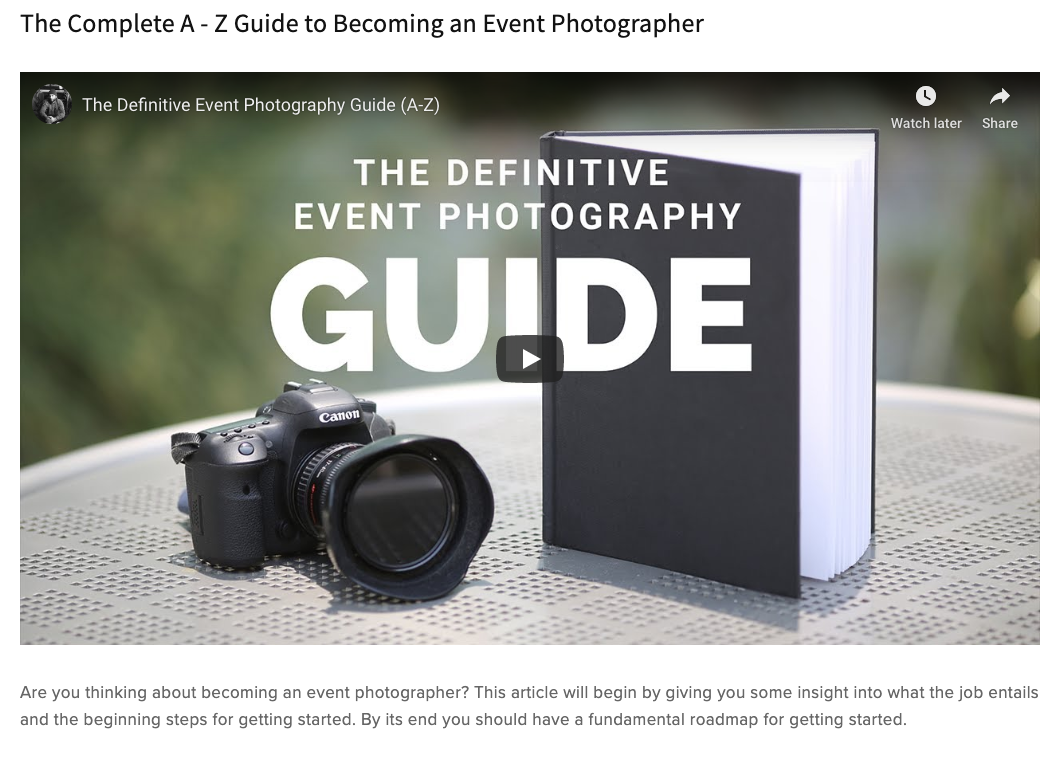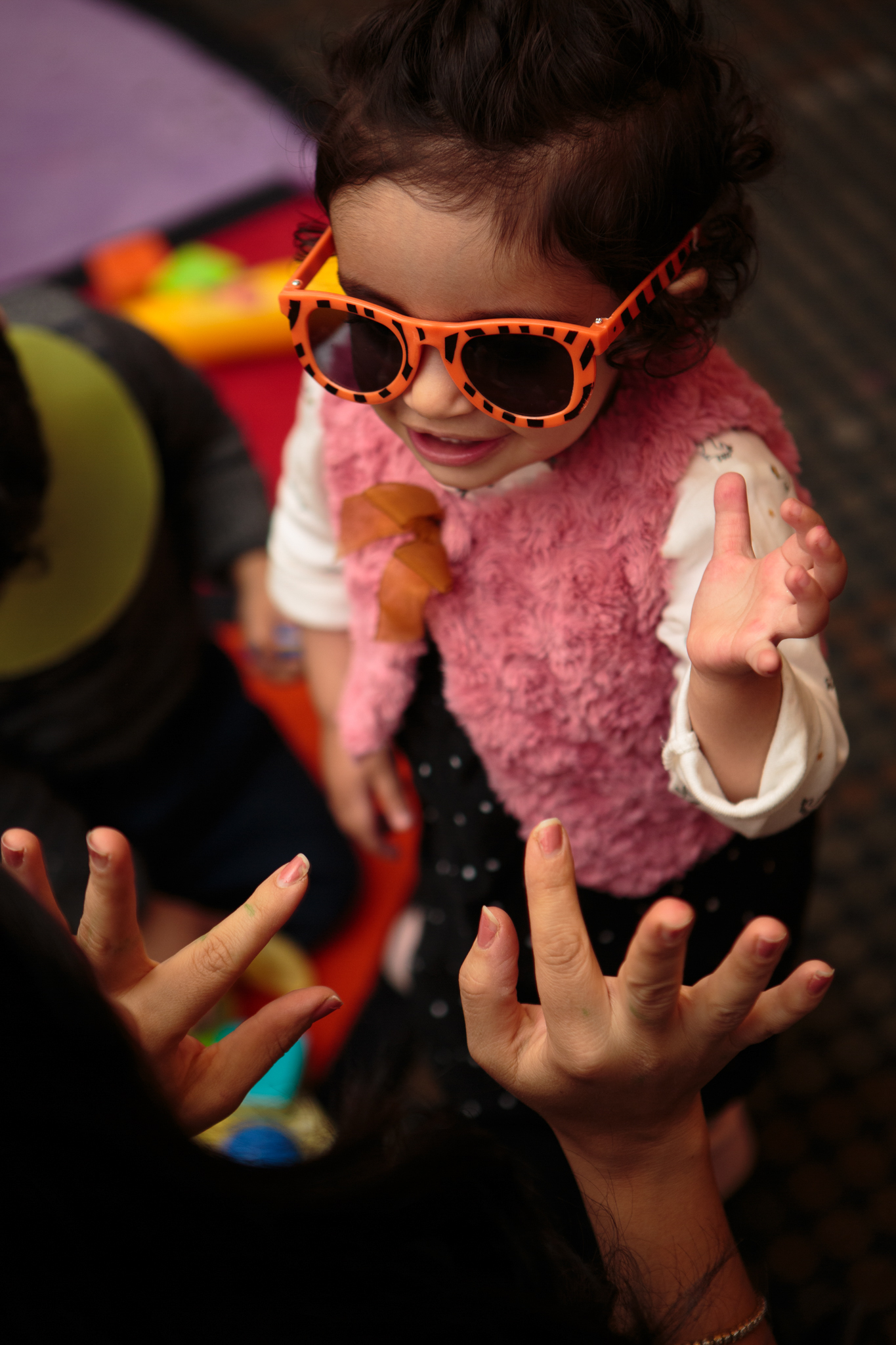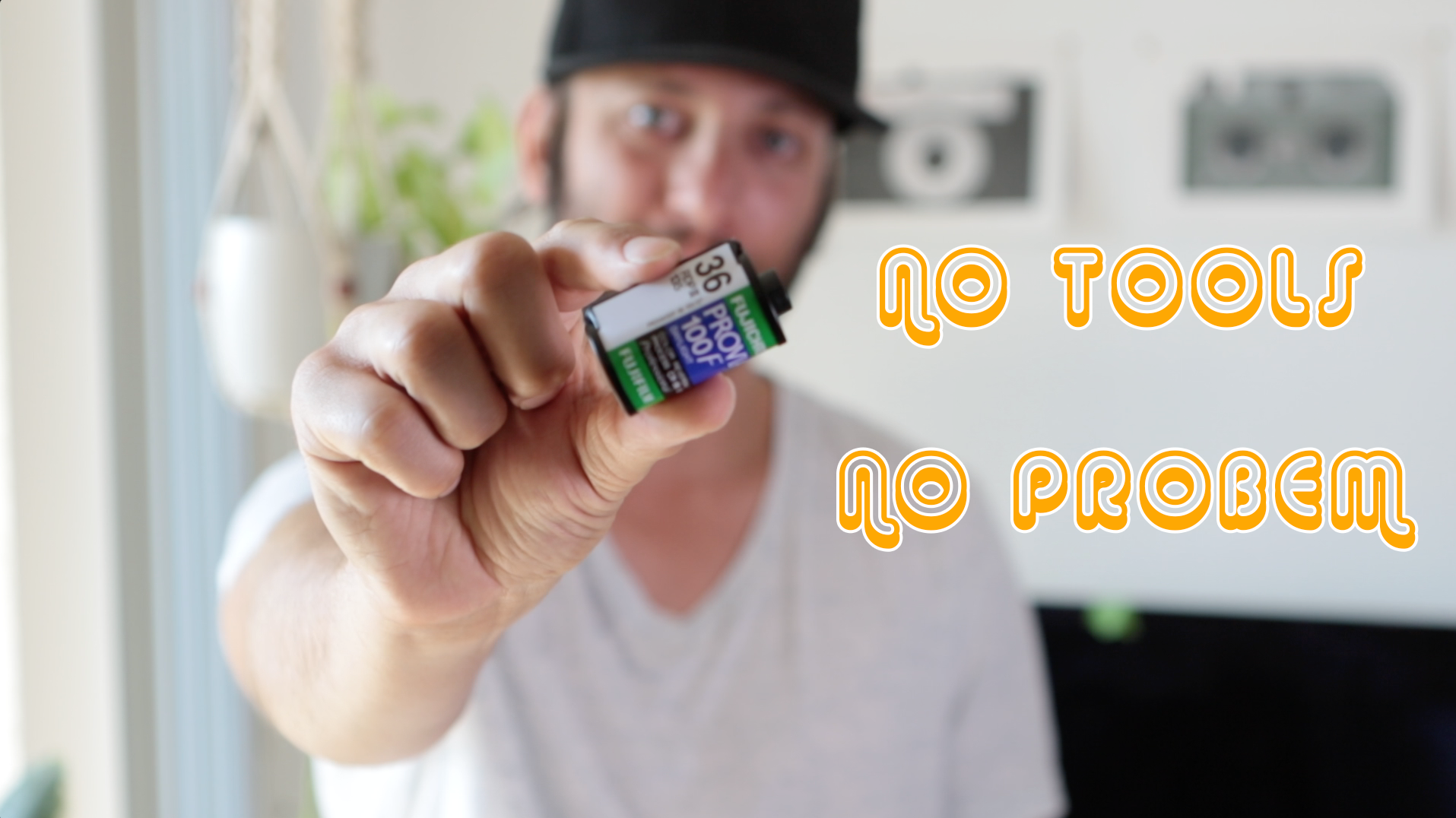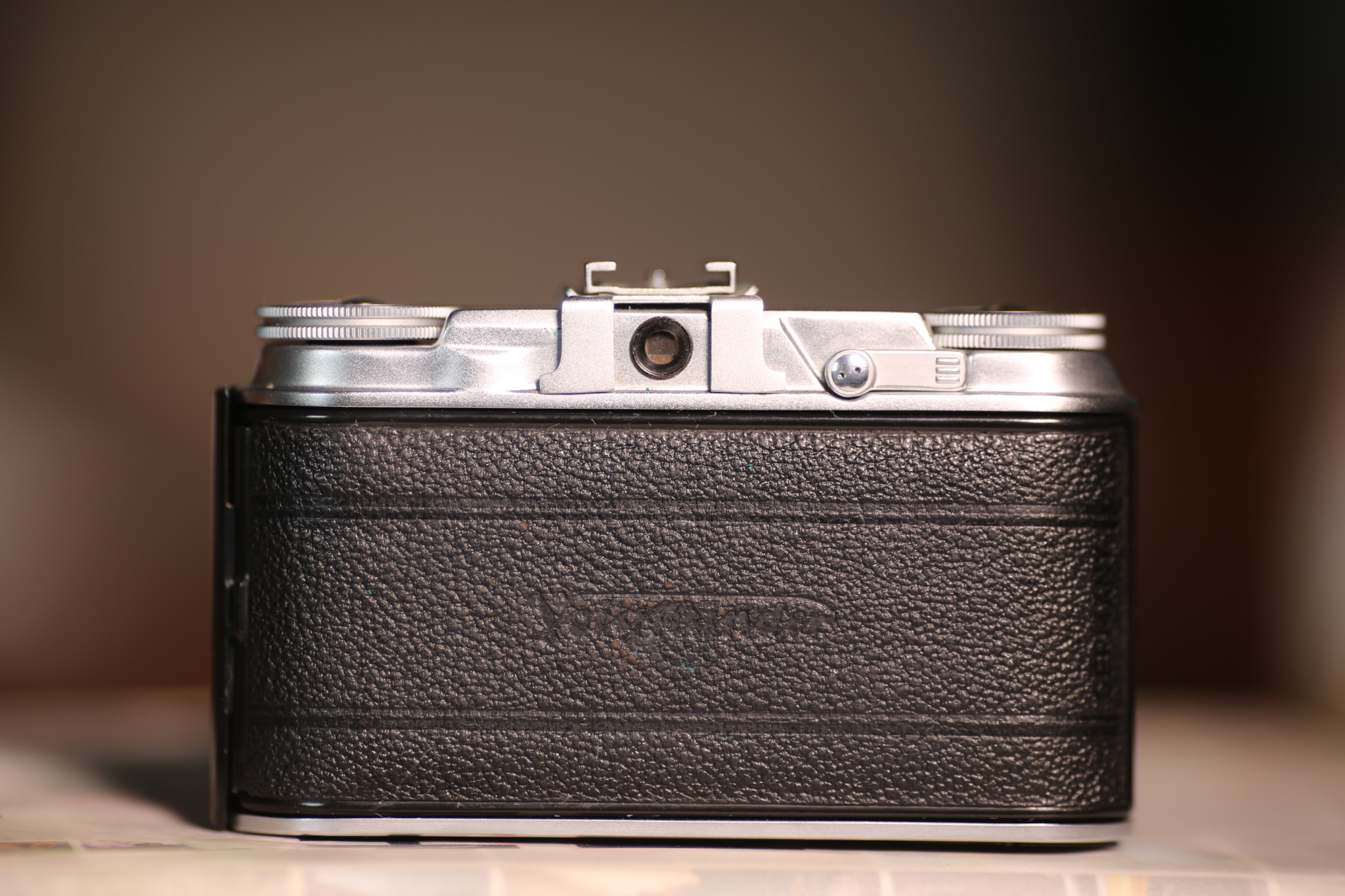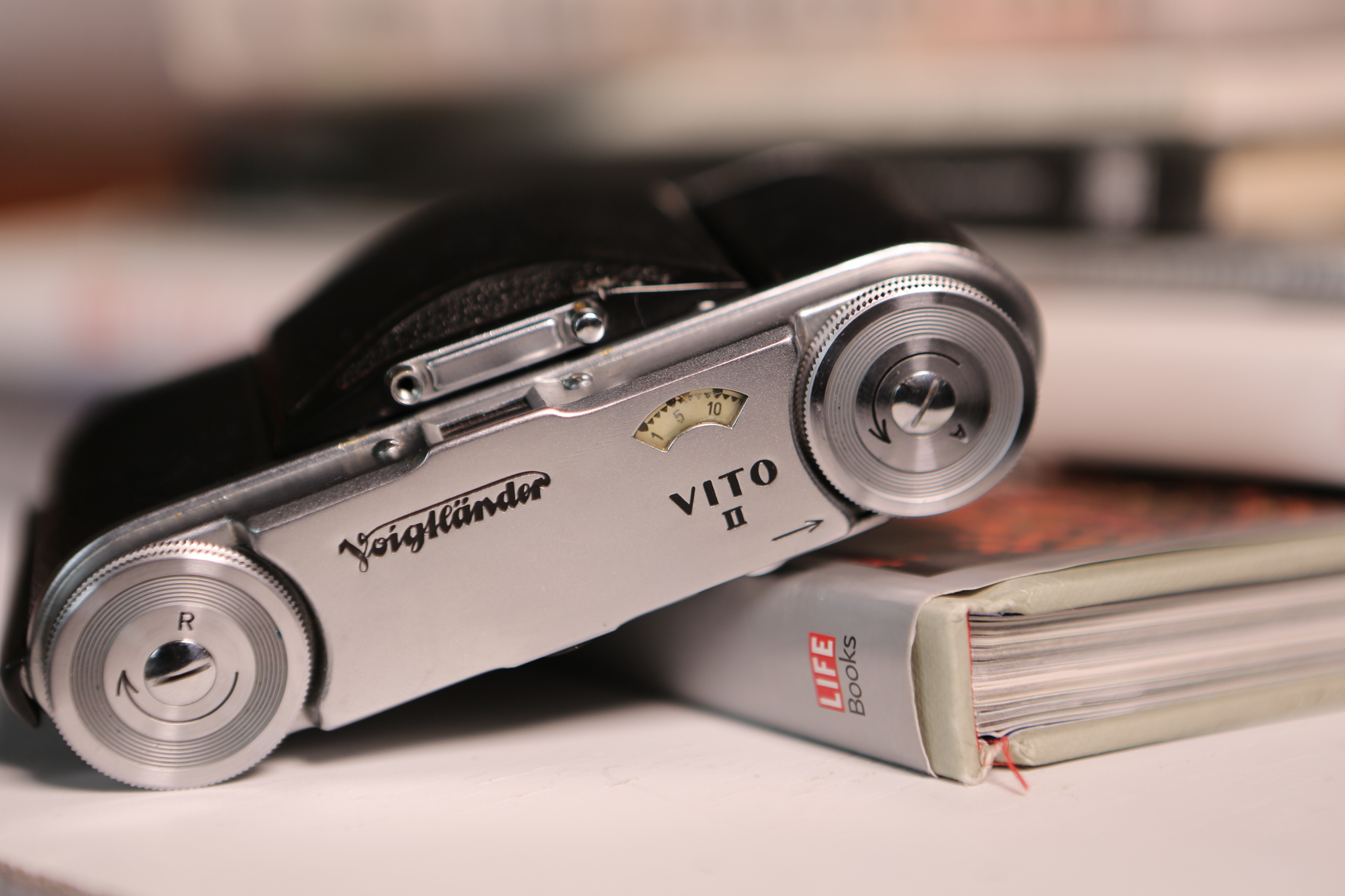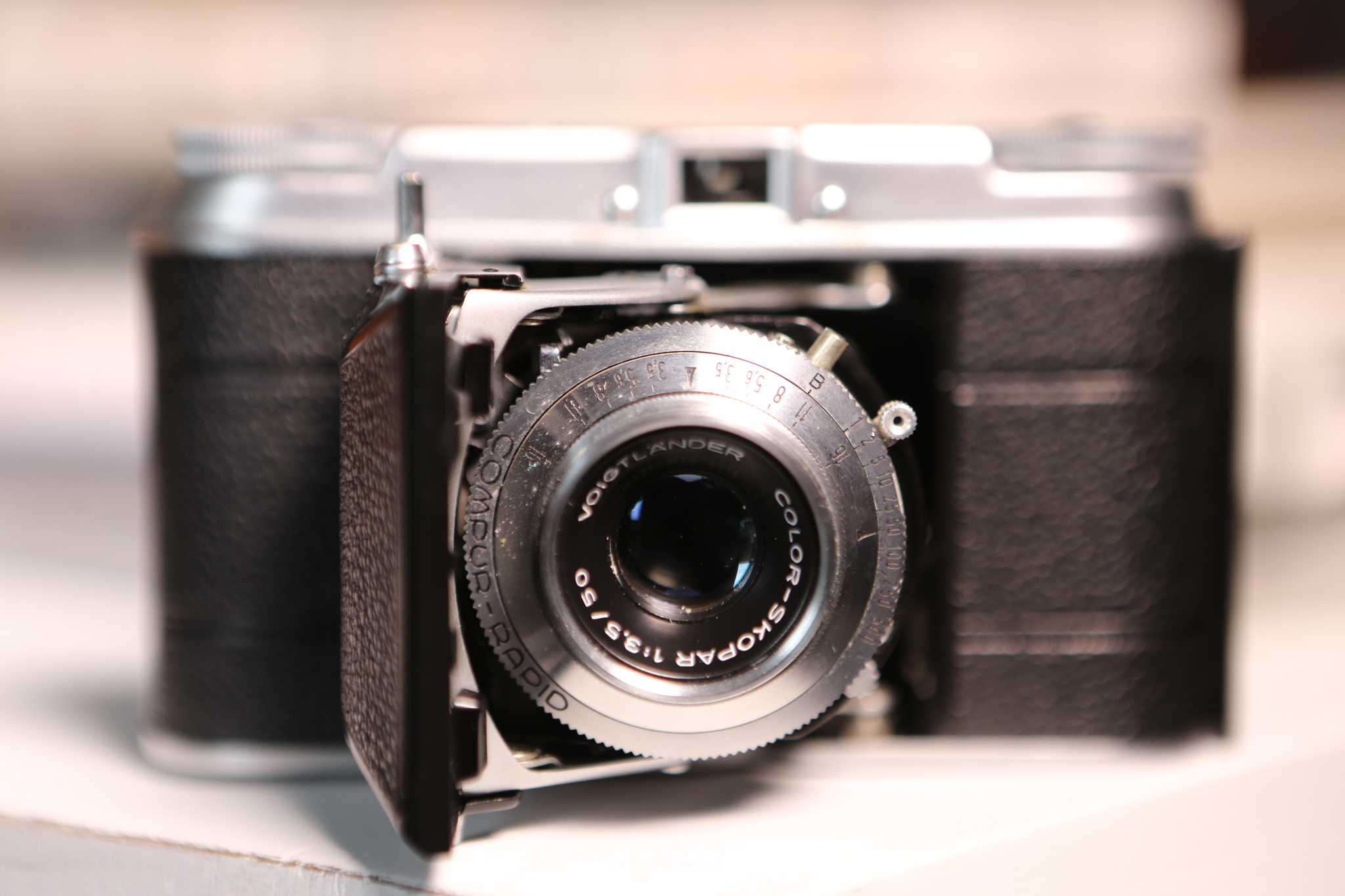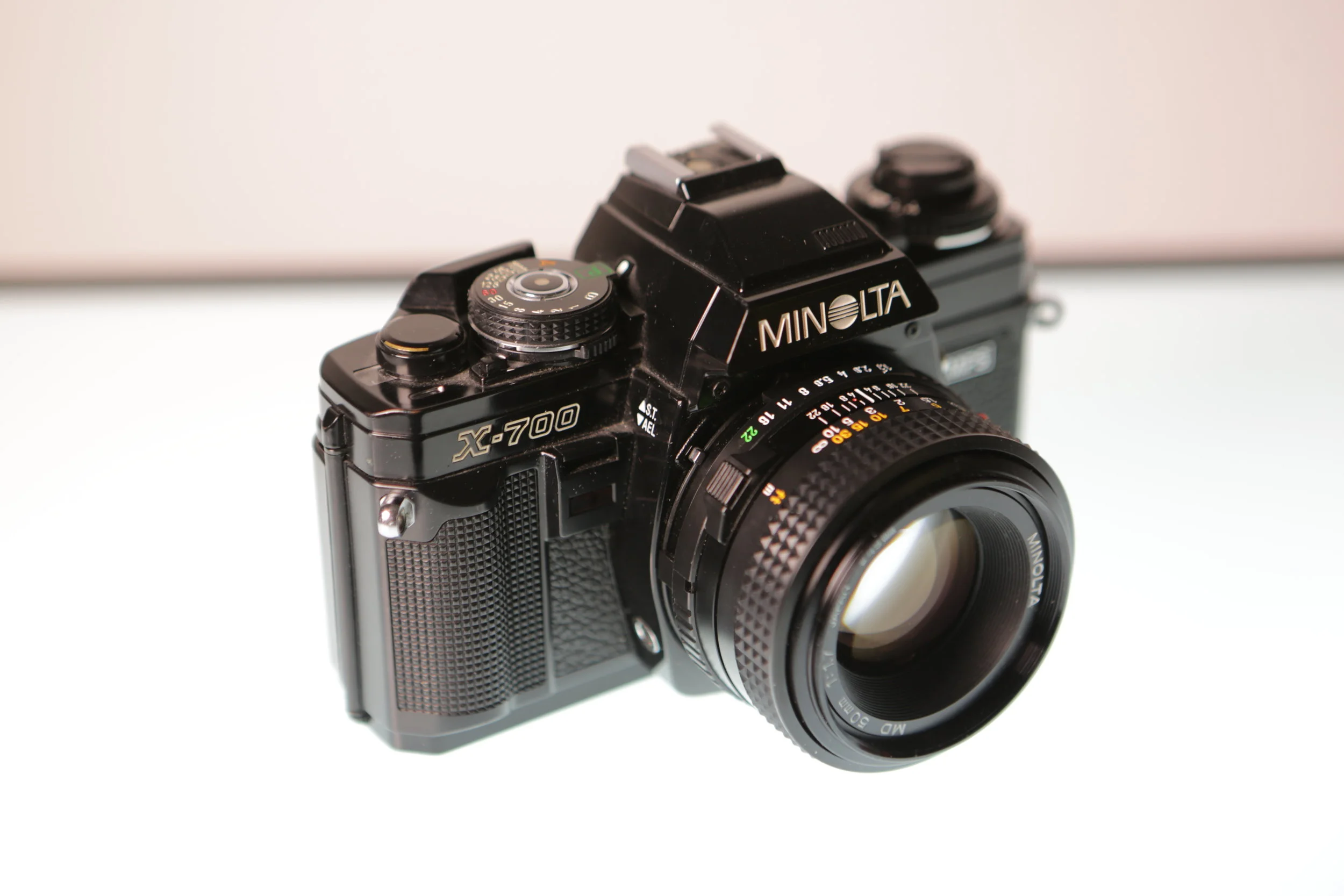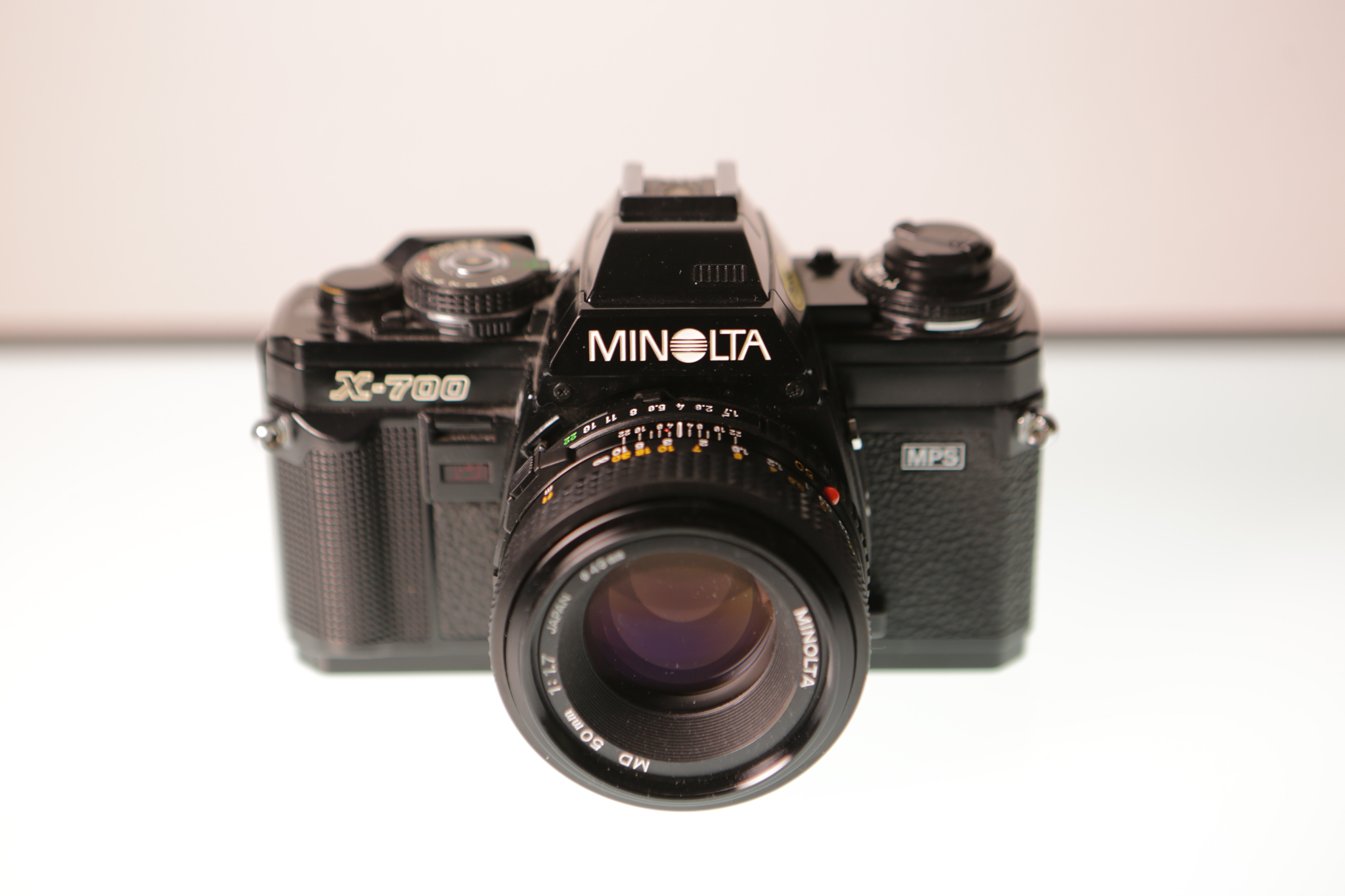As a premier Los Angeles event photographer, I specialize in capturing the authentic, impactful moments and key interactions that define your corporate and private events.
I offer comprehensive event photography coverage for a wide range of occasions across Los Angeles. My expertise extends to capturing corporate events like conferences, corporate parties, brand activations, influencer events, product launches, pop ups, seminars, expos, trade shows, and conventions. I also specialize in private celebrations, including galas, award ceremonies, red carpet events, birthday parties, and holiday parties. From corporate, private, and political events, I ensure every moment is professionally documented throughout the Los Angeles area and Southern California.
17 Event Photography Tips You Need to Know to Get Started from an Experienced Event Photographer in Los Angeles
17 of my top tips and tricks to help you get started as an event photographer! All part of my 40 minute and nearly 4k word Event Photography Guide
Photograph Events in Your Life to Build a Portfolio.
This can be birthday parties, music festivals, concerts, corporate parties, private events, or pretty much anything you’re attending as a guest. You do not need to wait to be a working event photographer to practice your craft and build a portfolio. Many of your life activities can be considered an event. And if nothing else, shooting something as if it were one can be a great way to practice.
Personally, I love street photography as a way for me to work on something for myself, practice new techniques and methods, and yes: I’ve been shooting professionally for over 12 years now but I still add some personal work into my portfolio.
Volunteer Your Time to the Right Organization.
As a principle, you should avoid working for free for people that can and should pay for a professional photographer. Just because something is also good for you does not mean you should do it for free. But unfortunately there are people that are looking to take advantage of the fact that you can be manipulated into doing something free that you should be paid for.
Rather than work for free by someone that can and should pay you, my advice is for you to shoot for something like a non profit organization you believe in as it can be a great way to build your portfolio and support a good cause.
Learn From a Pro.
Start by assisting or second shooting for a seasoned professional. There are so many benefits to learning from someone rather than going it alone. Even if you are pretty familiar with the technical side of photography, you can learn go to settings, all about the gear you need, and other aspects of what its like to cover an event and run a business. By shadowing someone with experience, you can develop a template to follow or make your own when it comes to building your own business.
Leverage Your Connections.
Don’t be afraid to put it out there that you are building a portfolio or that you have already begun a professional photography business. Post your photos on social media sites like Facebook and Instagram. Post your website, your blog, anything you can to signal to people you know that you’re a photographer. If you’re lucky, you already happen to know event planners and such that you can network with- you just need to let them know that you’re shooting or plan on shooting professionally. Also, you don’t need to start with big corporate events. I didn’t. I started small. Most of my early work as an event photographer was shooting kids birthday parties. Odds are that you know plenty of people with kids that are having birthday parties.
Buy Lenses First.
Camera bodies depreciate in value and by the time you are able to get the most out of one, something better will be released. Lenses, however, hold their value and are much more responsible for the quality of your images than a camera body. Typically you will not need to upgrade your lenses, either. The lenses you buy will likely be a part of your kit for the length of your career as a professional photographer.
Buy the Lenses You Will Use Most First.
Don’t be tempted by niche lenses like a 135mm f2. If you check out my review on that lens, you’ll see I love it and make a lot of use of it, but it by far gets less use than my 24-70mm or 70-200mm lens. I think it’s really important you get all the lenses you need first. You want to both make sure that all your bases are covered and that you are making smart business decisions. Getting a lens with a lot of bang for the buck is a smart business decision.
Buy Fast Memory Cards.
Trust me, its worth it. Not only will a fast card help with shooting speed and recording in certain video modes, but it will also just make the process of uploading your work faster. Imagine shooting a 12 hour wedding day, coming home, and it taking 6 hours to upload all the files. Today, I would probably be ok with putting off my upload, but back then, shooting with a 5d classic which only had one memory card, I needed to make sure I had two copies of my files before getting some sleep. Even though that’s no longer an issue for me, it’s still important that I shoot on fast cards: my corporate clients tend to need very fast turnaround times. Some events I even offer live edits; fast memory cards are especially important for this.
Setting Rates
Start low and incrementally raise them until you see a drop off in how much work you’re getting.
Always Show Up to a Job Early
Not only will this give you peace of mind, but it will also give you time to photograph static detail shots so that you are able to focus on what's happening once the event starts. .
Always Dress Appropriately.
If you’re not sure how to dress, don’t be afraid to ask your client. You should always over dress over under dressing.
Smile to Get People to Smile Back
Most people can not resist smiling back when you smile at them. It’s human nature. If you want people to smile, simply give them a big smile and they will reciprocate!
Make Meaningful Images! Never Take a photo to Take a Photo. Shoot with Intention.
I go into great detail in the full version of these tips. But the short version of it is that you should always be striving to make images that are actually about something. Never raise the camera to your eye just to make an image. Know what it is you are trying to capture. Shoot with intention.
Mix Your Shots up to Tell a Story
Watch the whole video where I cover shot types. Here they are:
Establishing shots
Detail Shots:
Close Candids
Candid Interactions
Posed
Under Promise / Over Deliver
Give realistic turn around times but always give yourself a buffer. If you think the edit will take 3 days, tell them it will take a week.
Cull Your Images.
Meticulously edit down your work. Do not put the burden of this on your client. You want to make it as easy as possible for them to find your best work, especially when your images will be used for social media or marketing.
Rate Your Photos!
Use my 5 star system or make up your own, but rate your photos now rather than later. You do not want to go through the laborious task of doing this a year from now when you decide to update your portfolio.
Maintain Your Clients
Be sure to stay in touch with your client after the job and develop a relationship. One way to do this is by using a mailing service like mail chimp.
My First Roll with the Anscomark M
Anscomark M a Quirky But Fantastic Rangefinder
I recently shot my first roll with the Anscomark M, a little known, but incredible vintage camera. I hope you enjoy it! I will complete a full review of the camera down the road.
Until then, heres a little bit of information about the Anscomark M:
The Anscomark M is a 35mm rangefinder style film camera released by Ansco around. 1960. Although an Ansco branded camera, it was manufactured by Ricoh and sold as the Ricoh 999 in Japan. Fun note, Ricoh is still a big manufacturer of cameras although not well known. Today, Pentax cameras are in fact Ricoh cameras with Pentax branding. The Anscomark M has An internal leaf shutter. Three lenses were made: a 35mm, 50mm lens, and 100mm lenses. The camera included frame lines for each! The camera's nameplate flips up to reveal a selenium meter coupled to the lens's aperture. Exposure is achieved using a match needle. The Anscomark m is non mainstream in its design in that the body has a bottom-mounted film advance lever, and a peculiar shaped triangular shutter release located in the front of the camera.
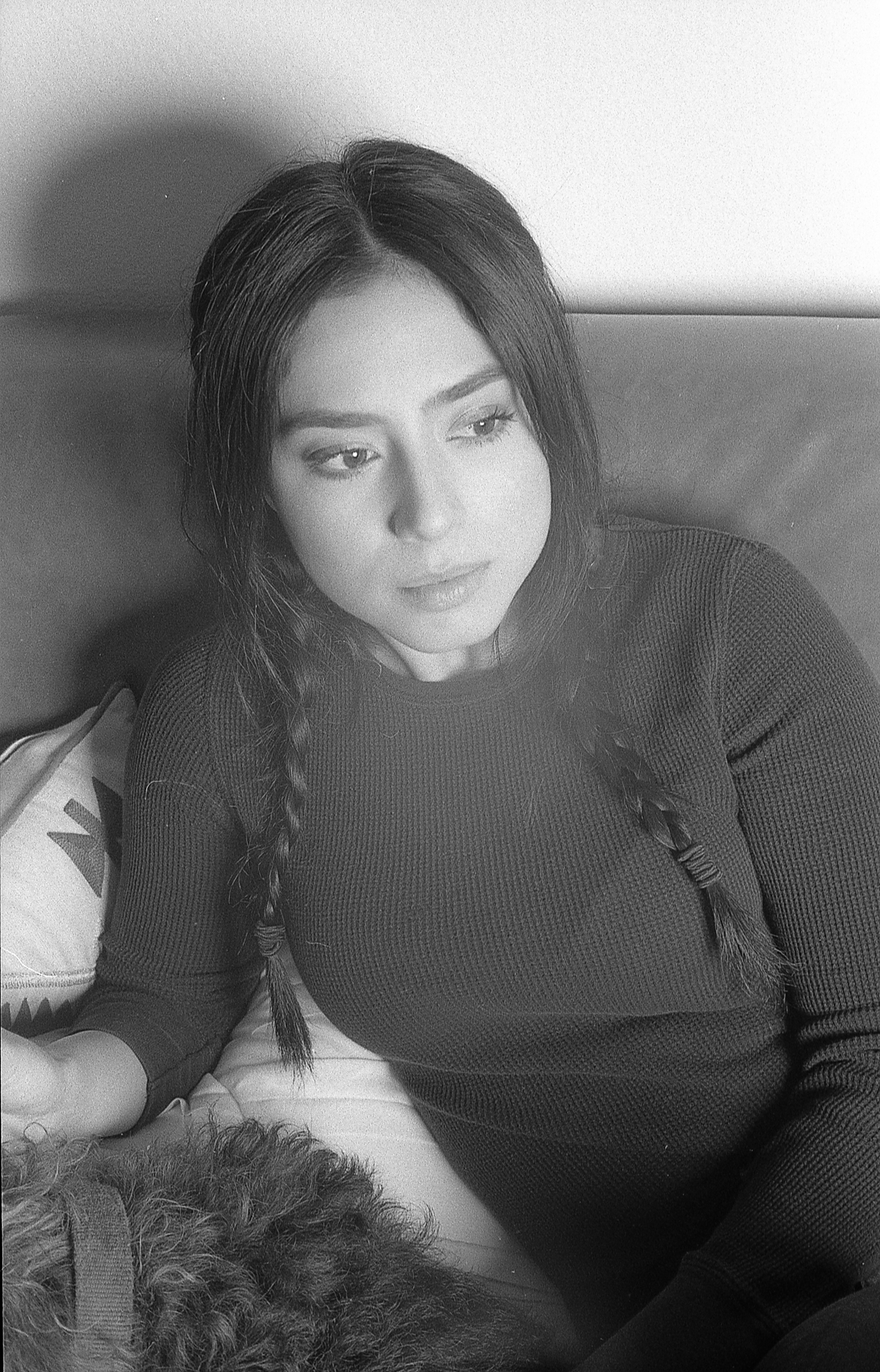
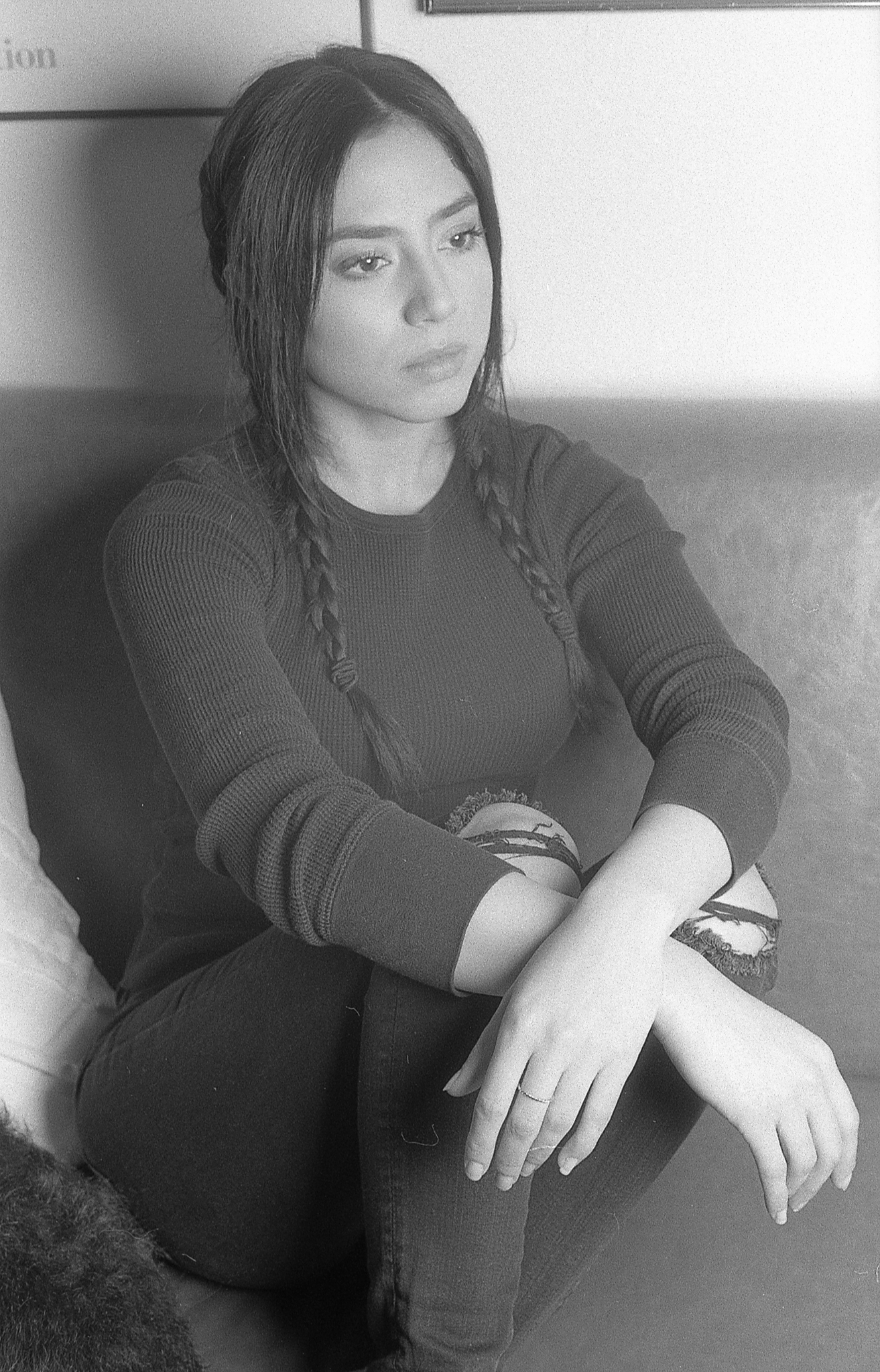
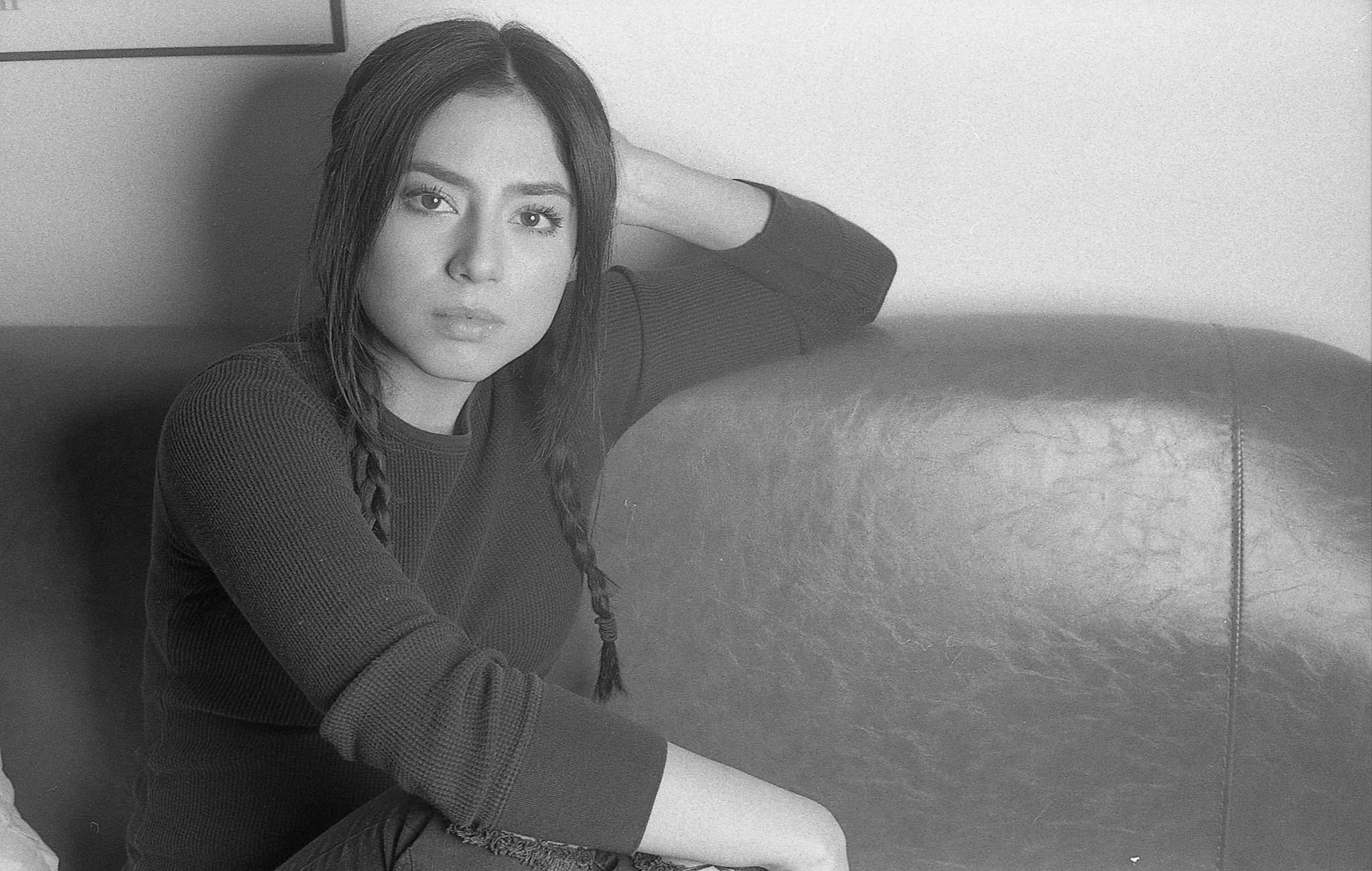
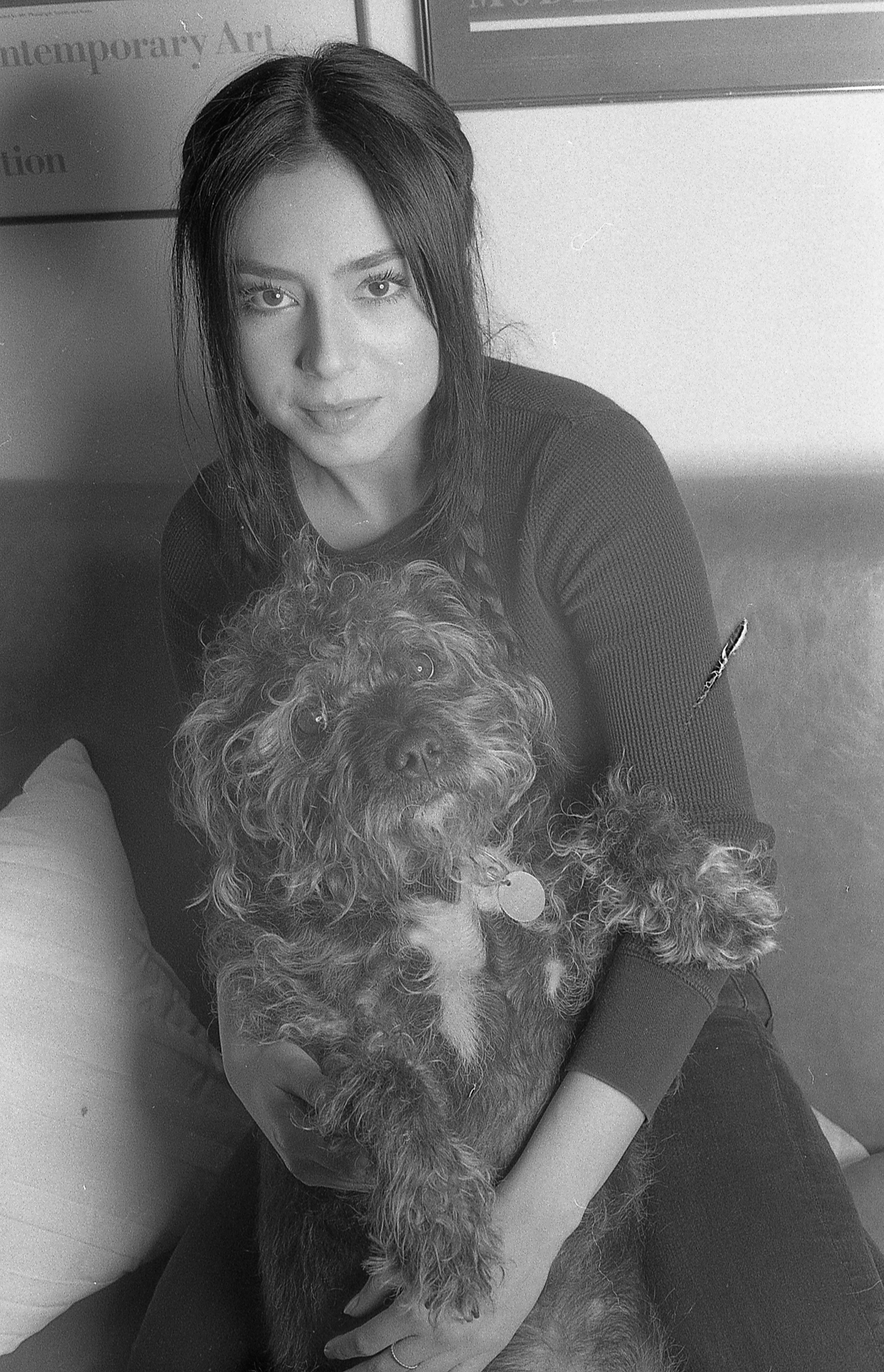
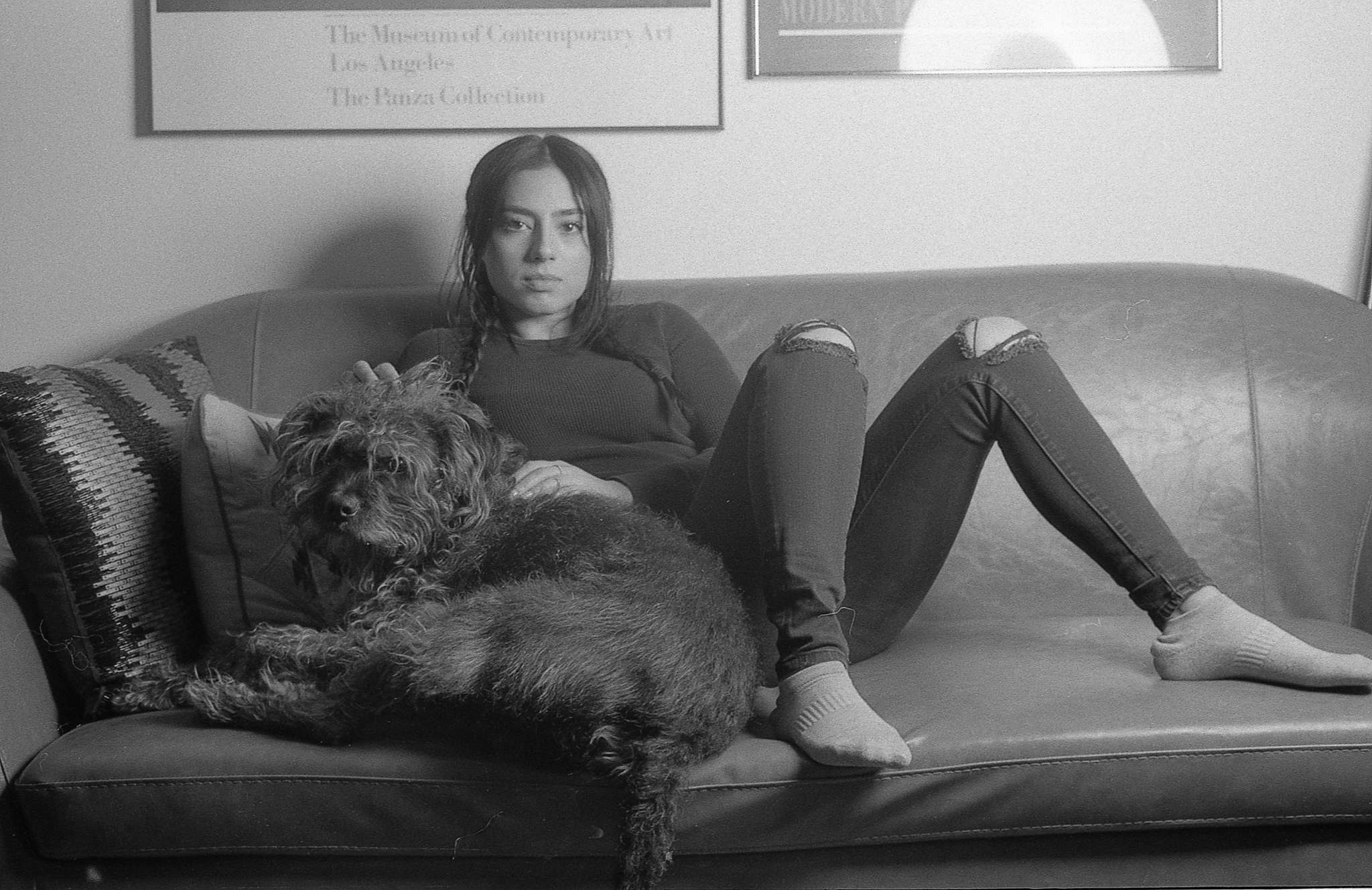
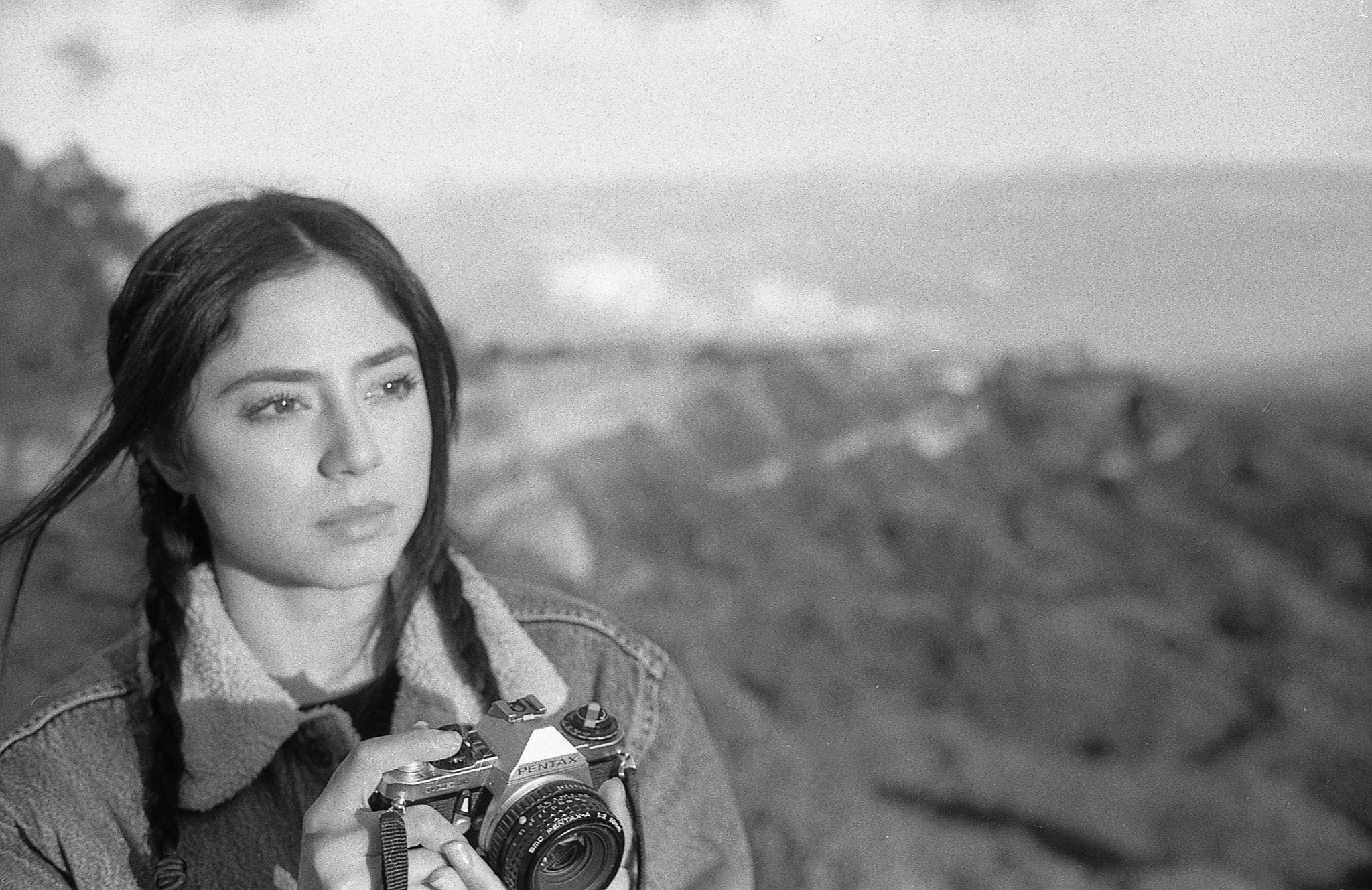
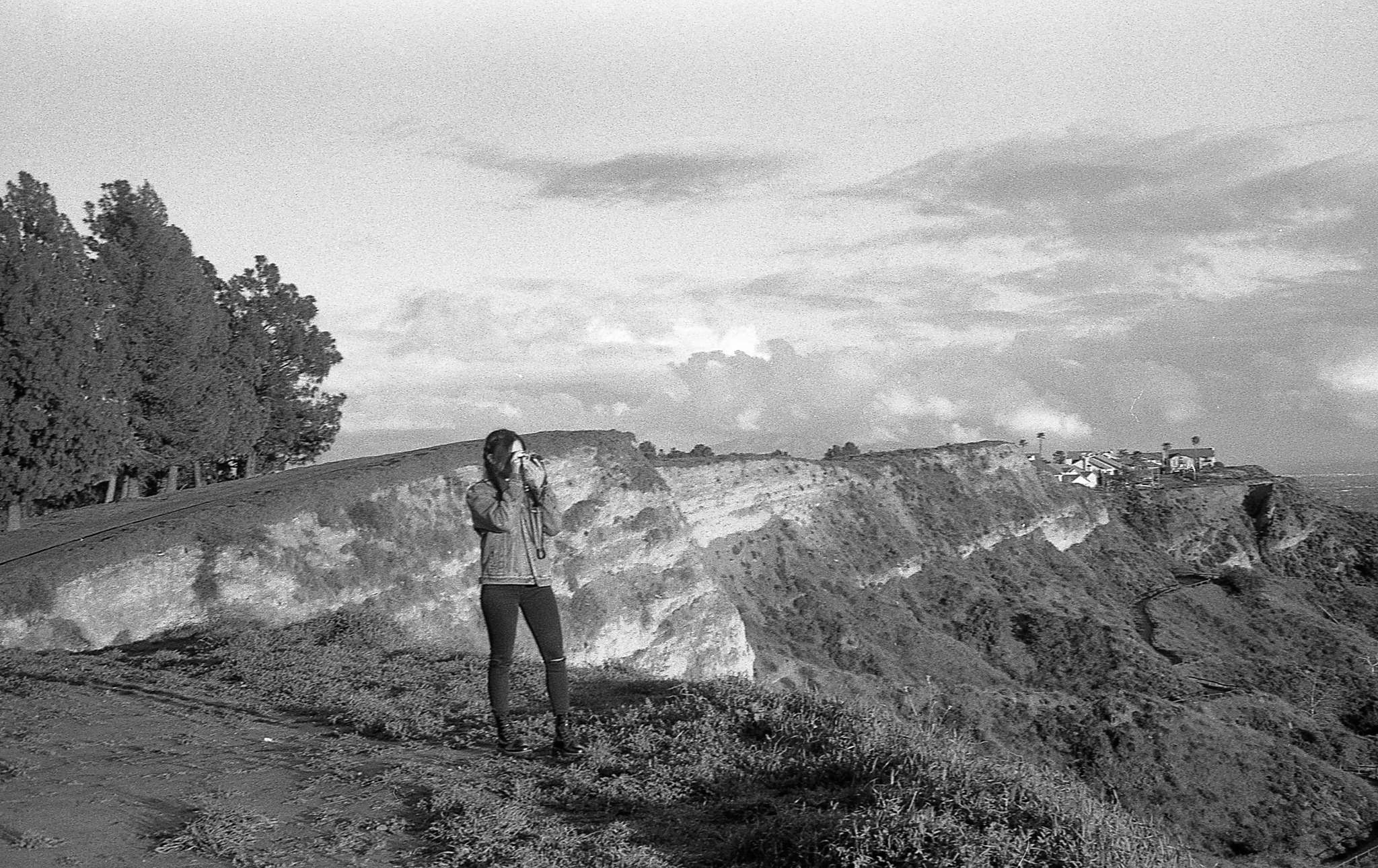
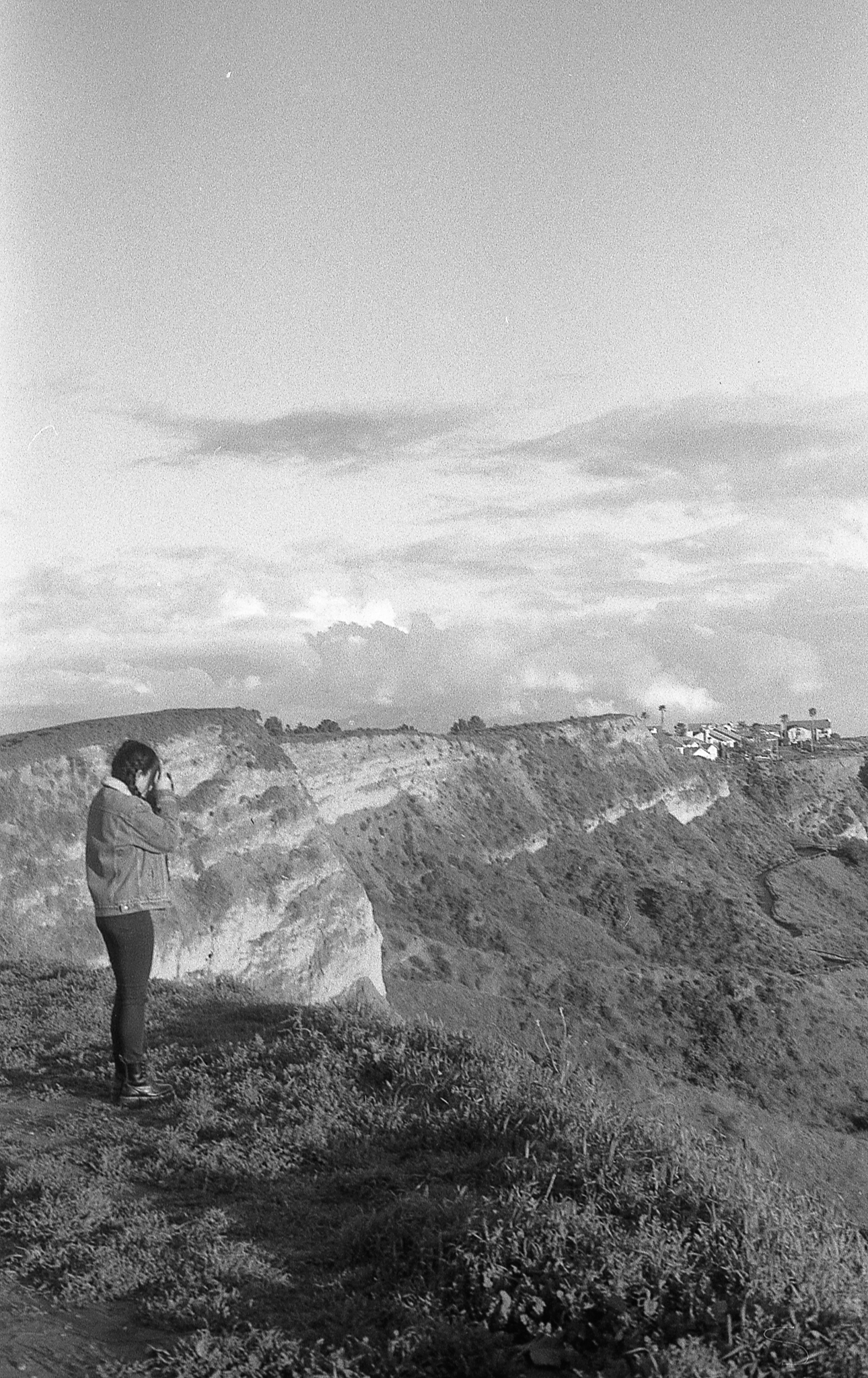
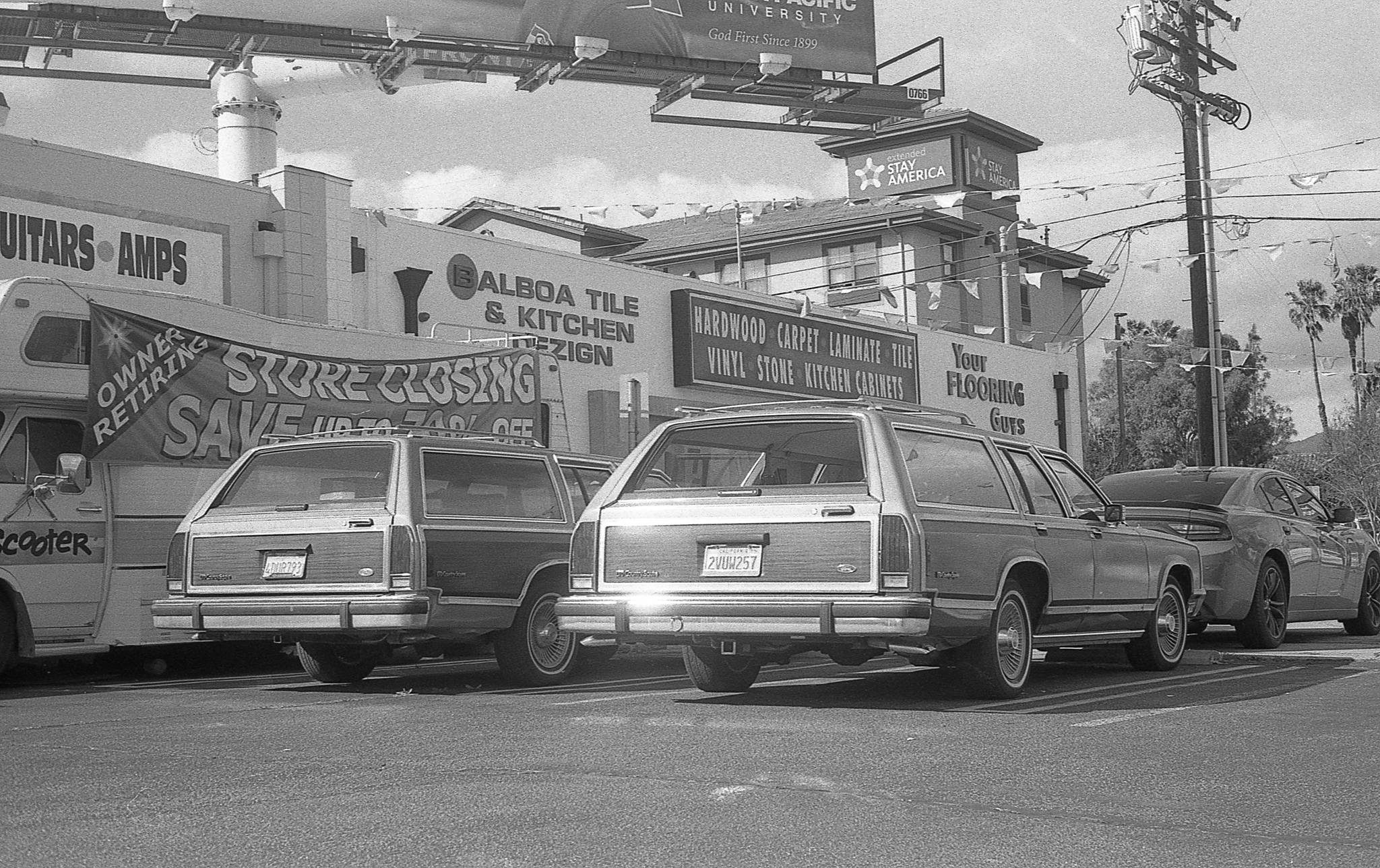
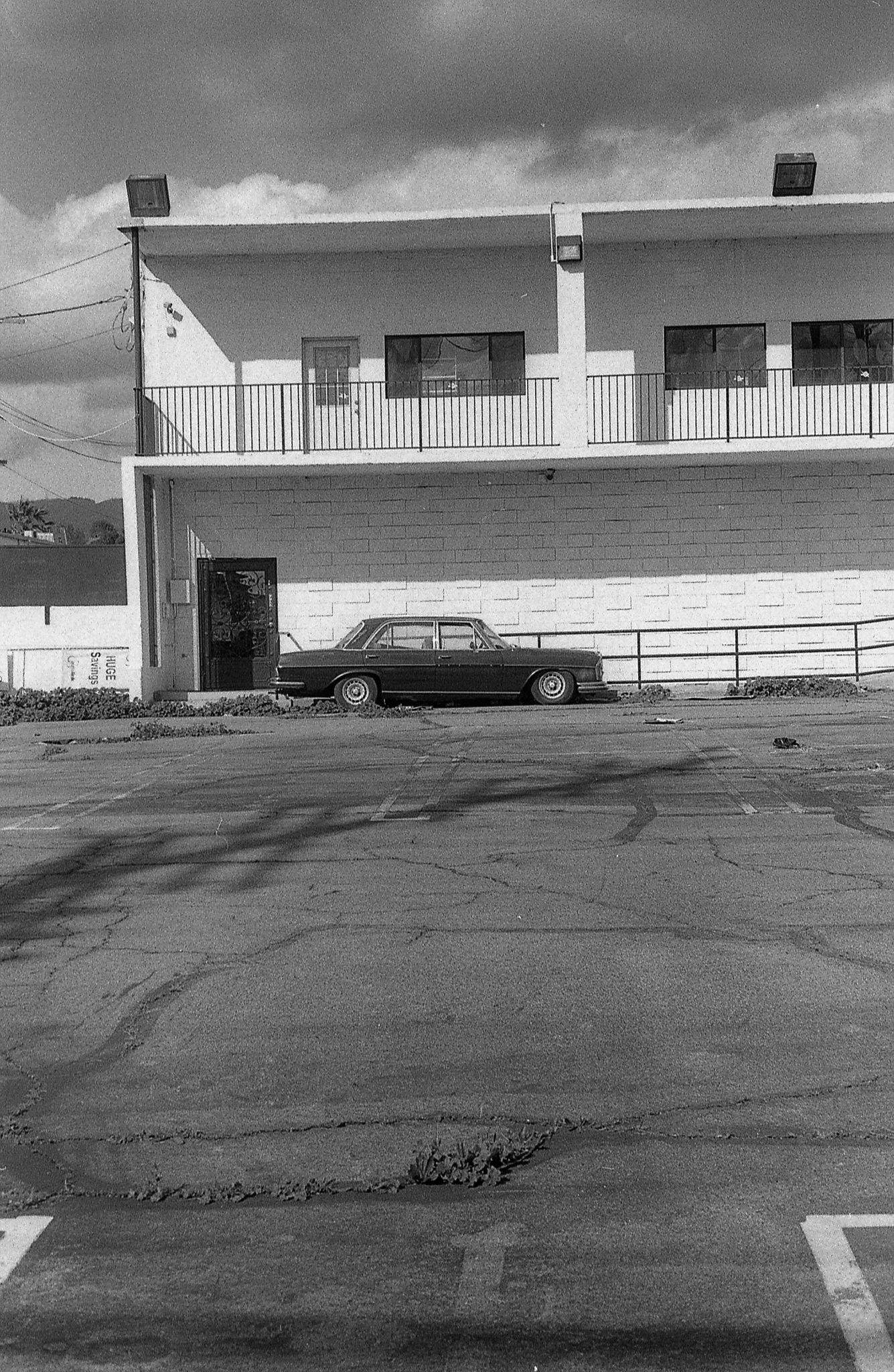
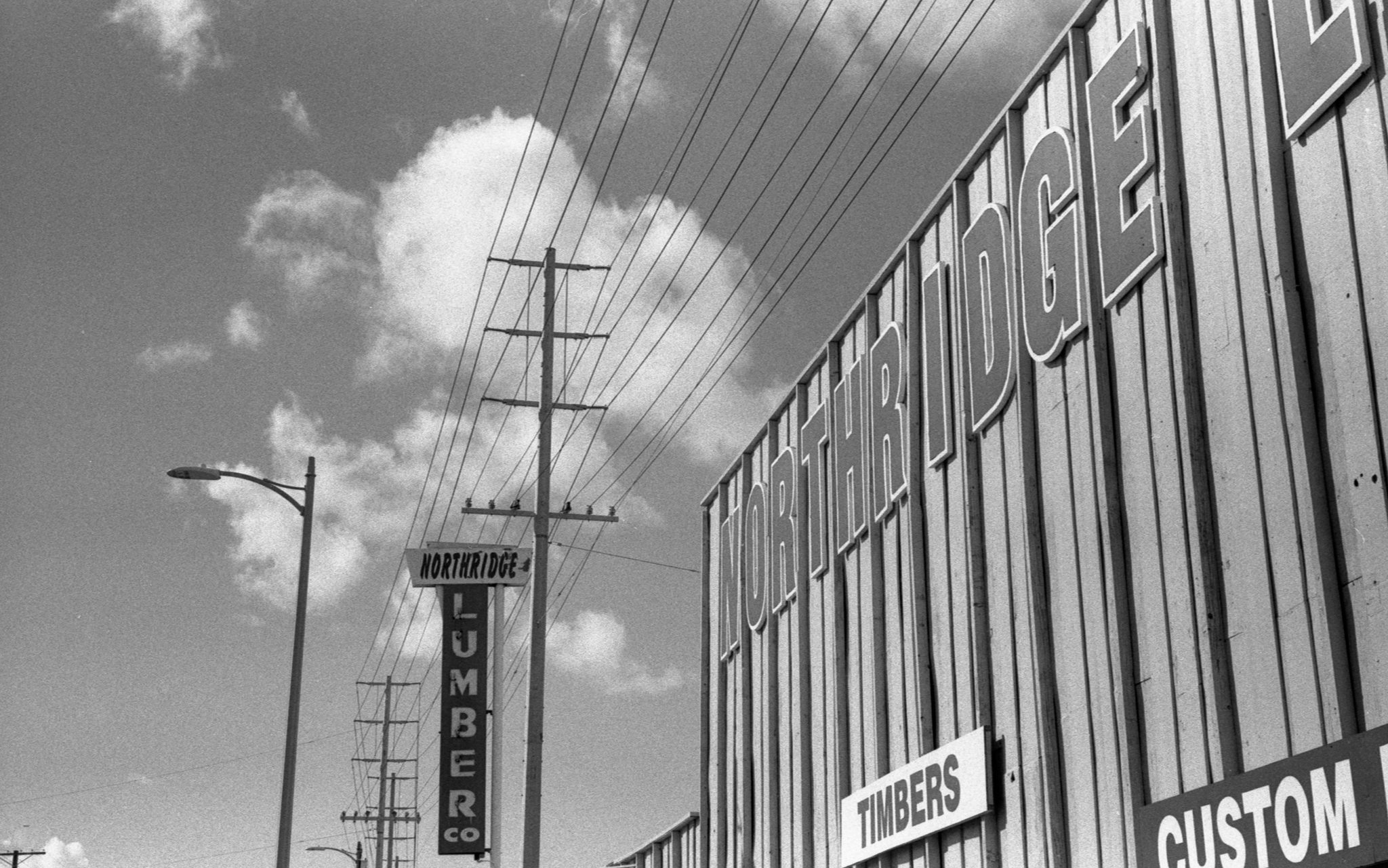
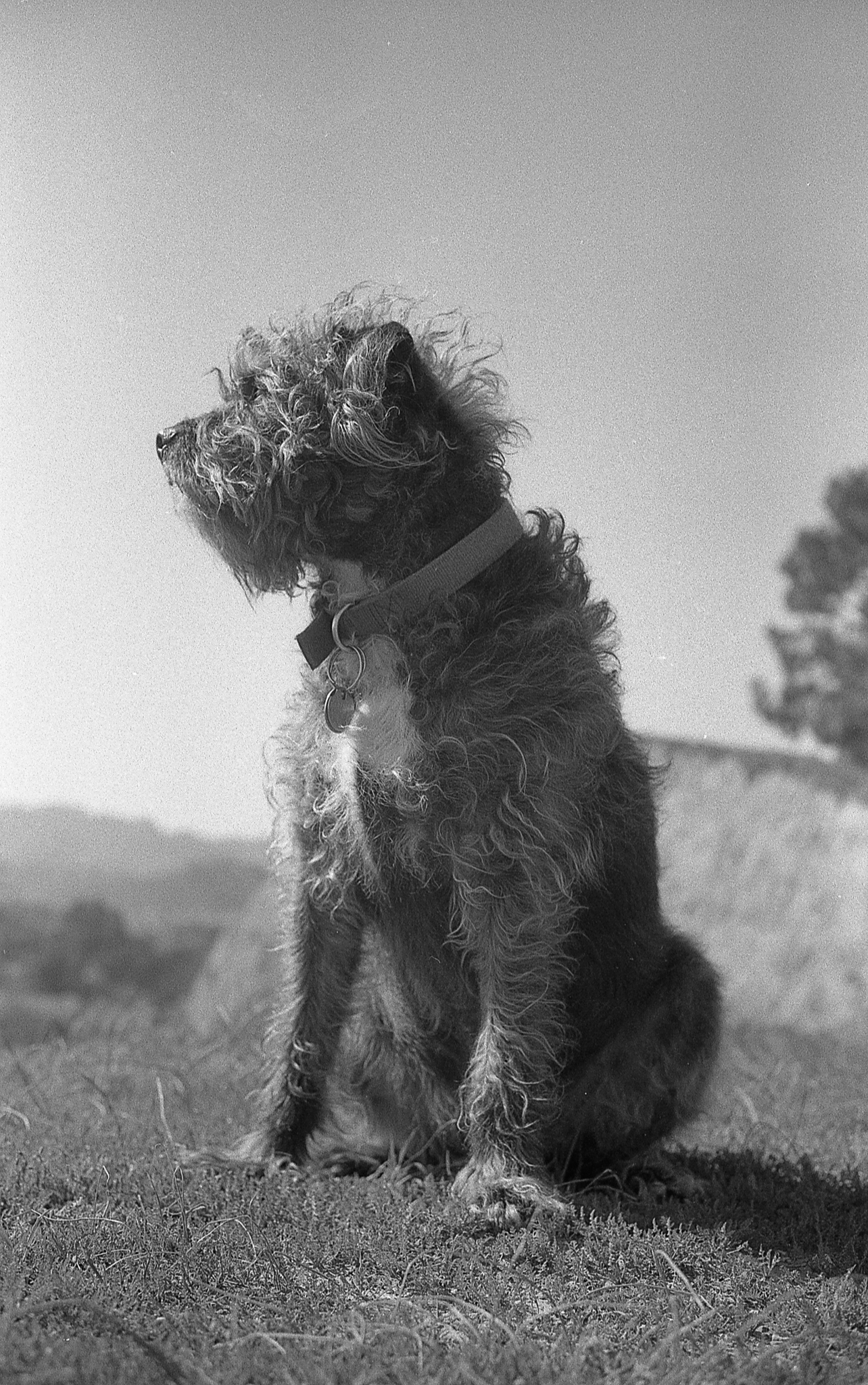
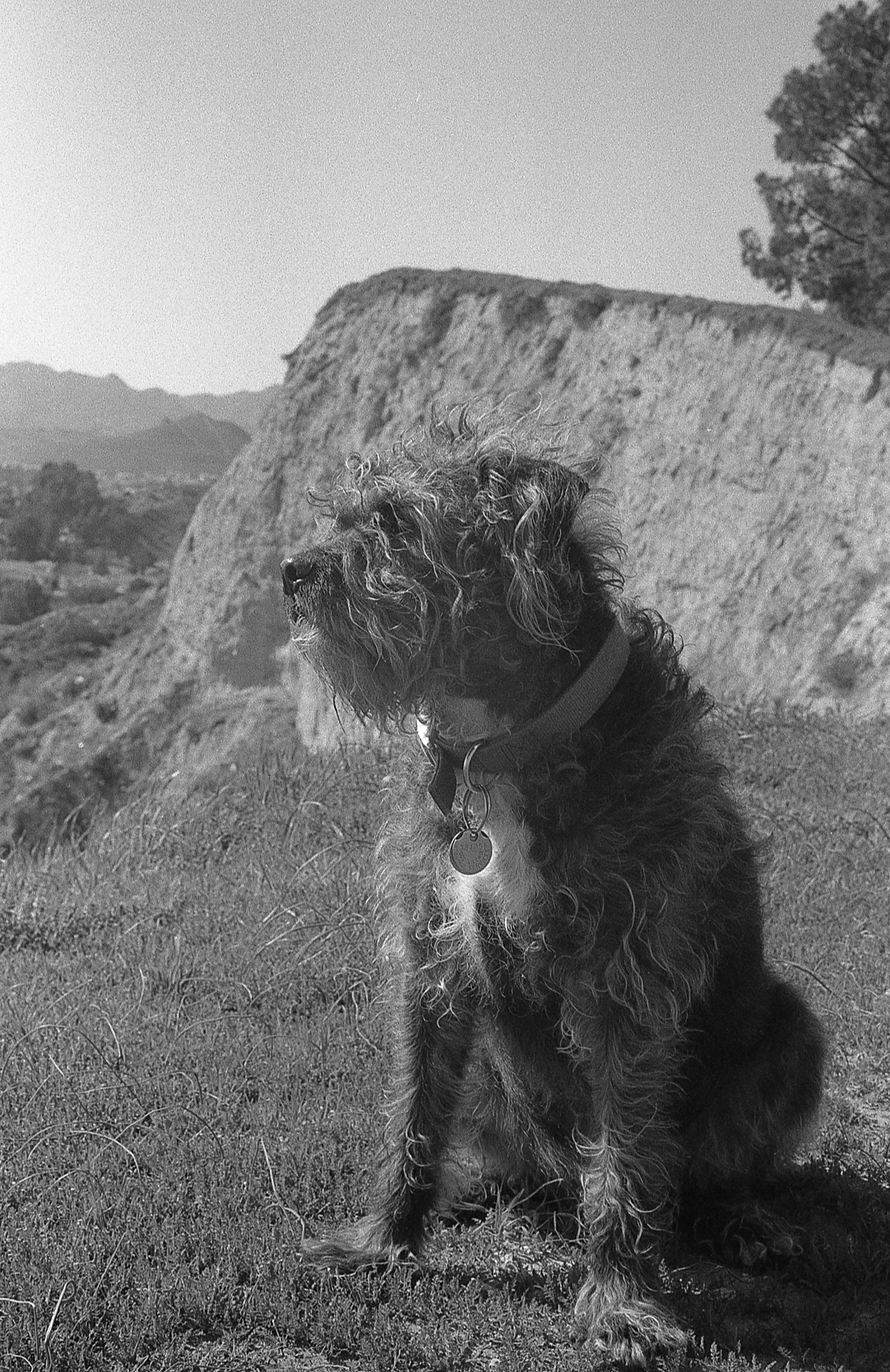
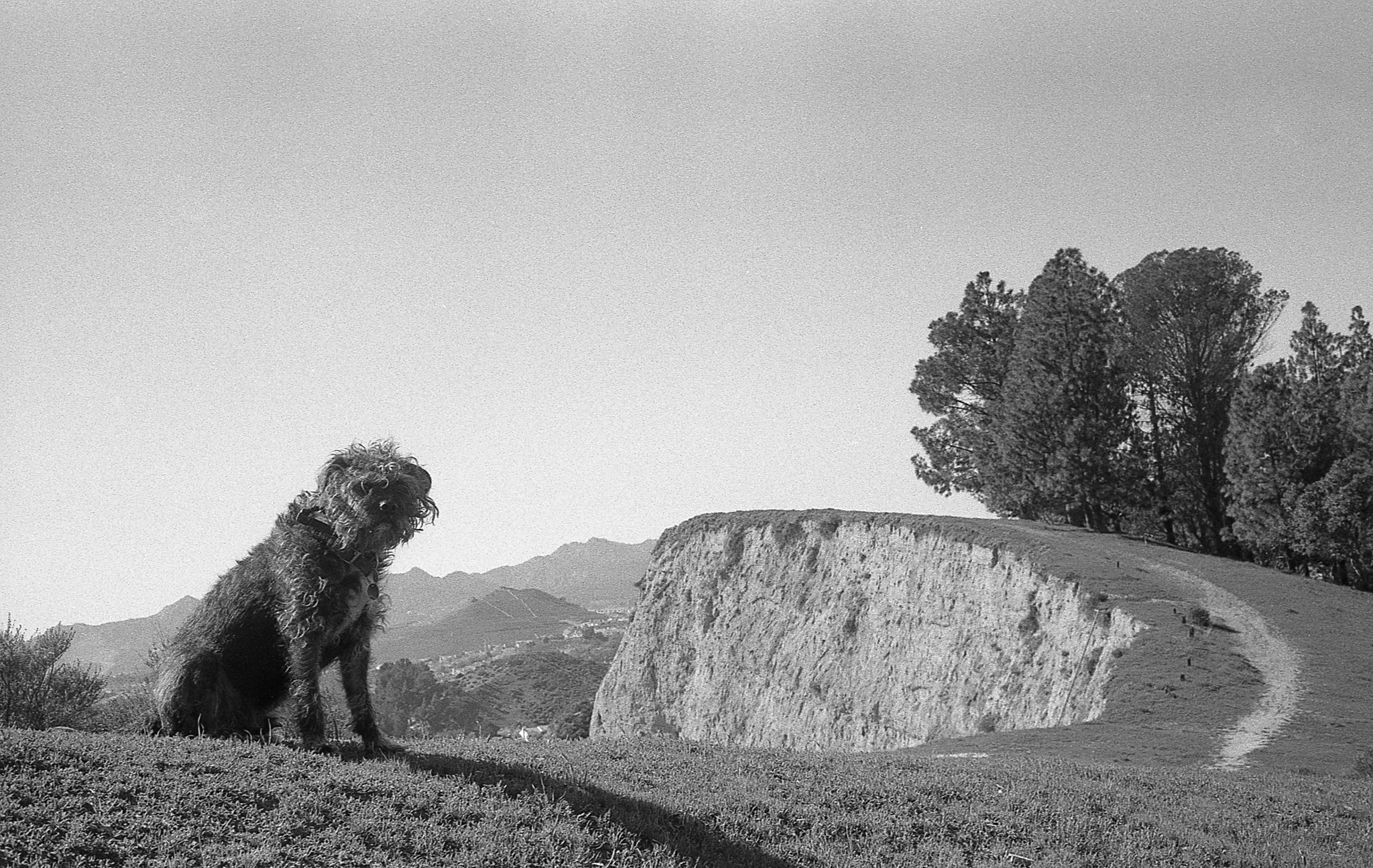

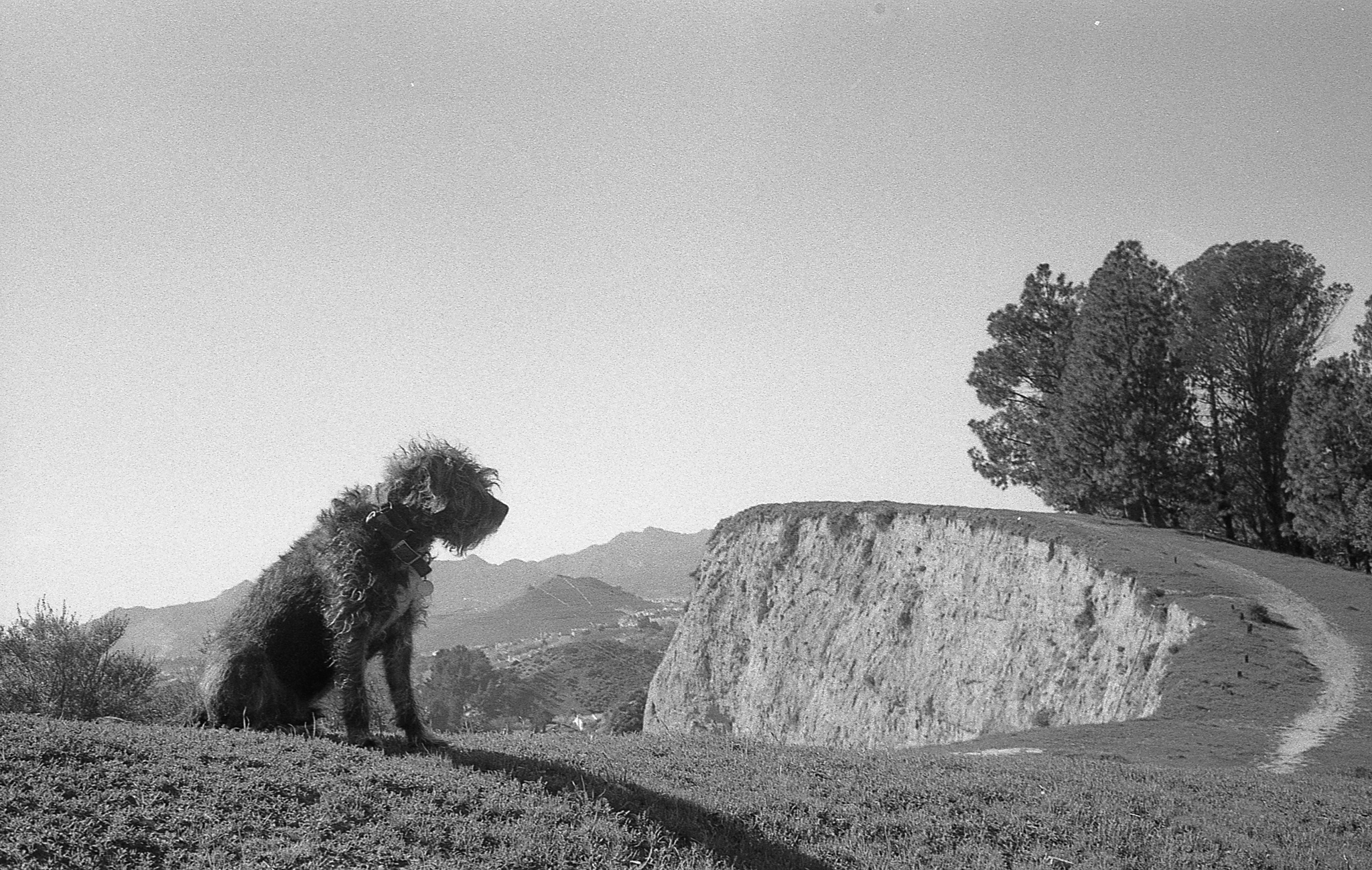

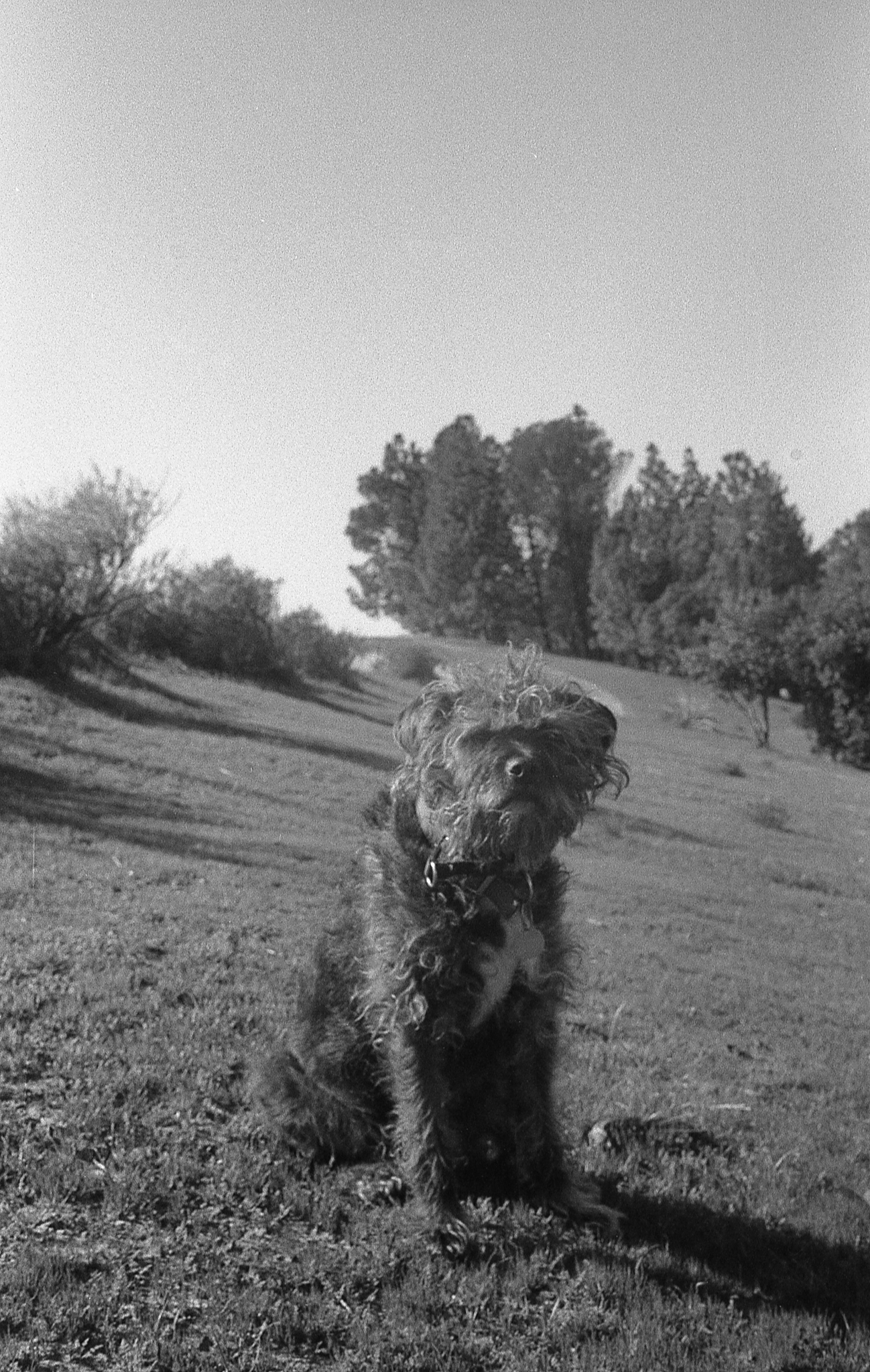

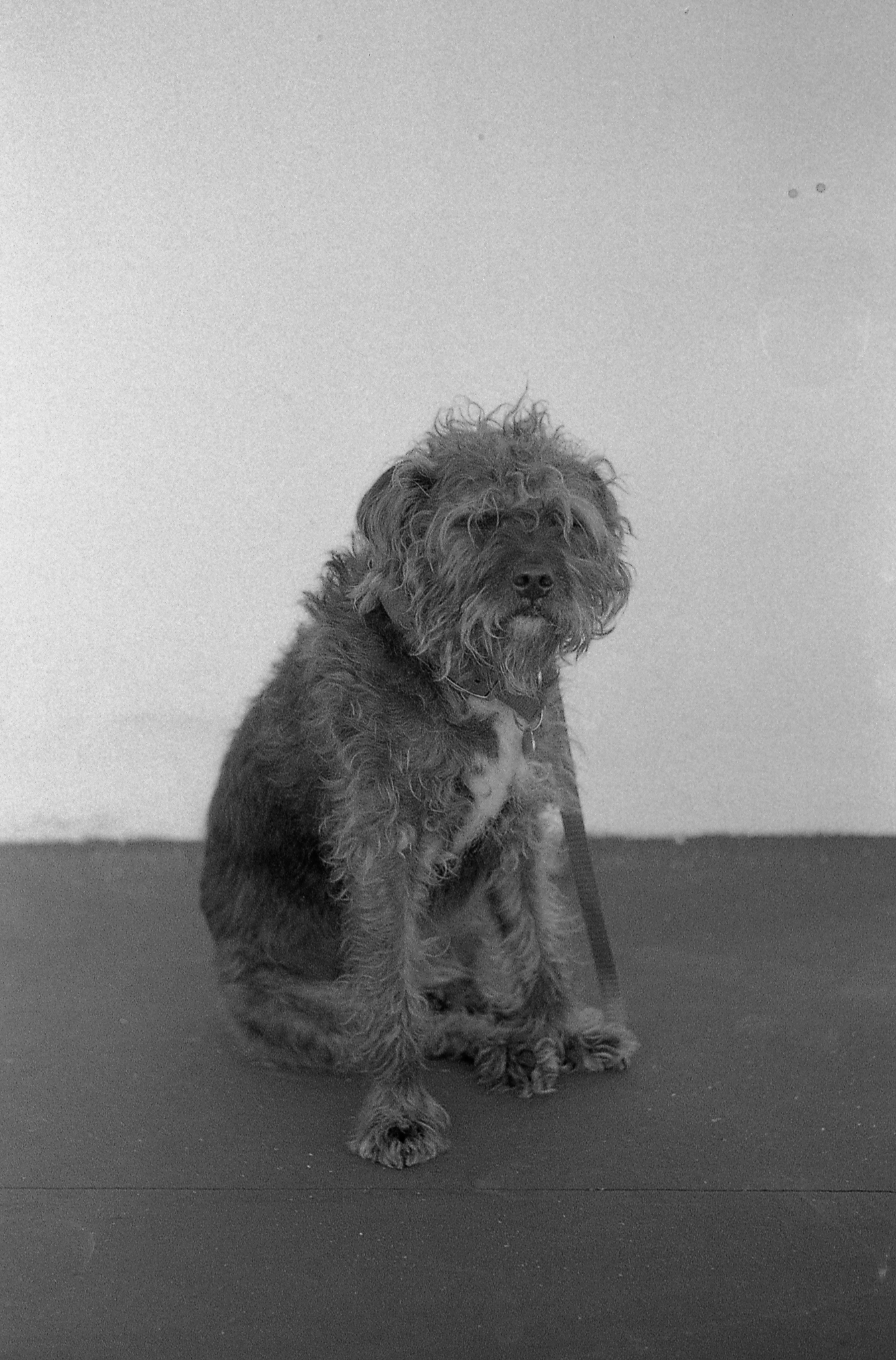

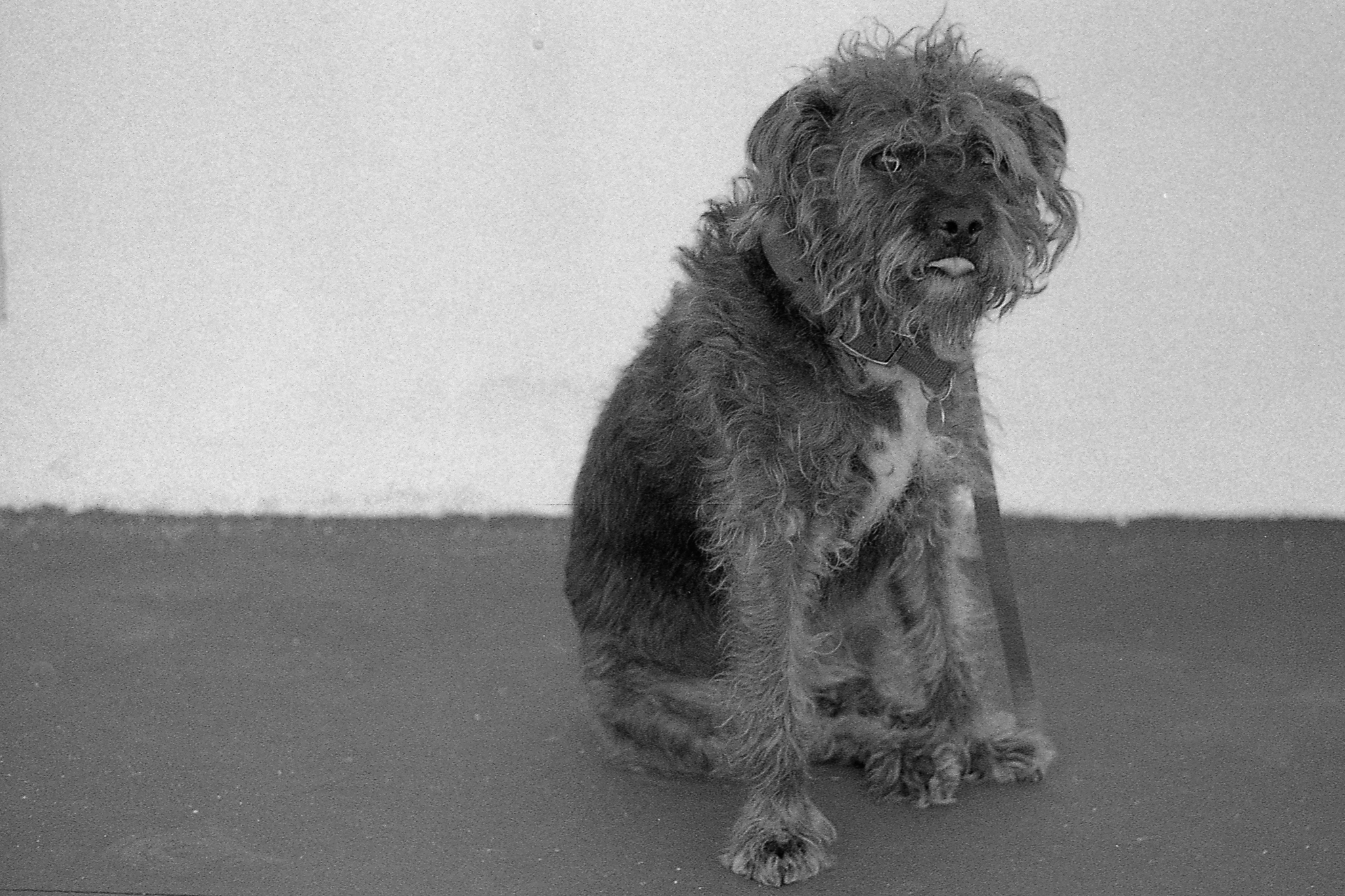

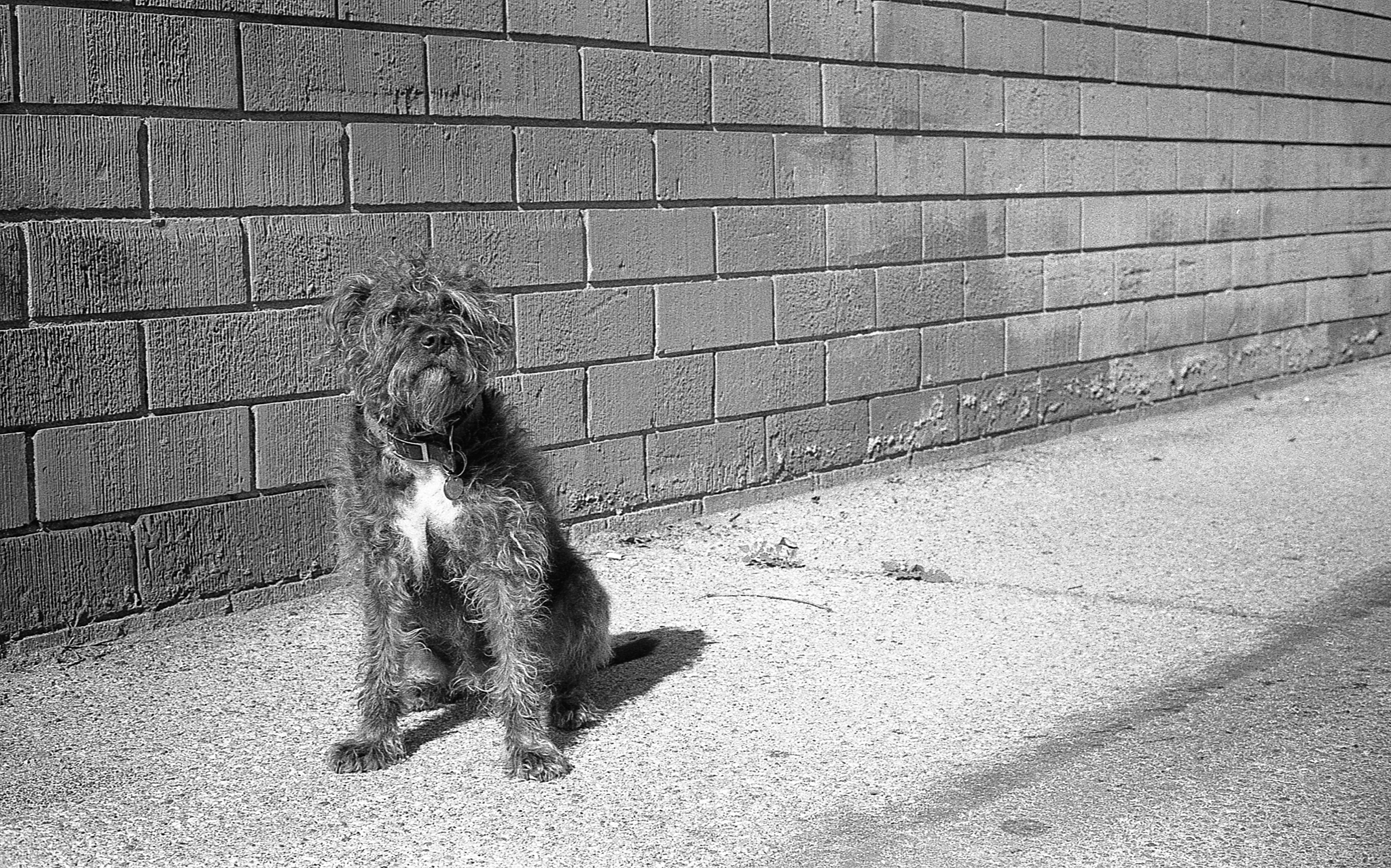

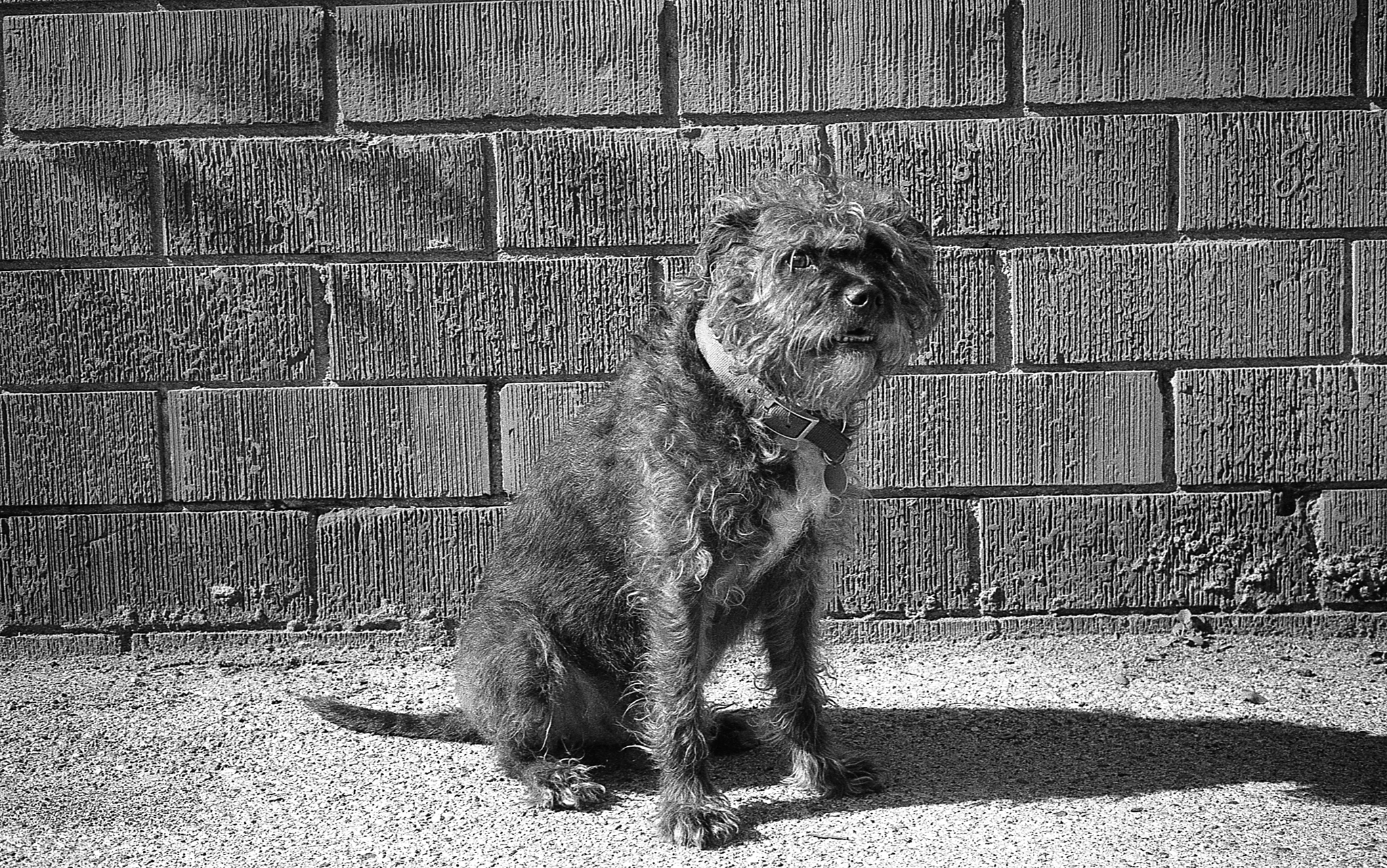

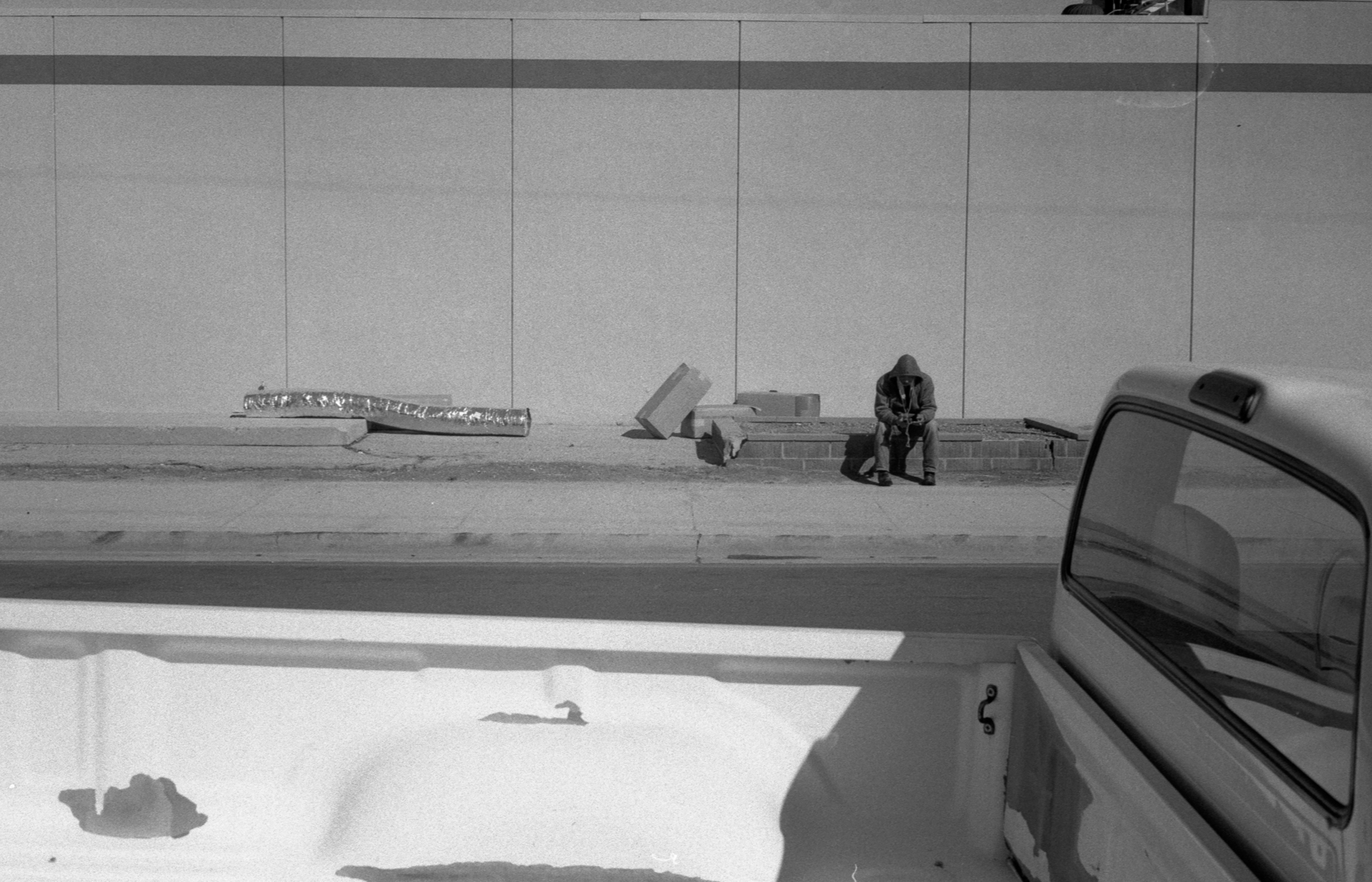

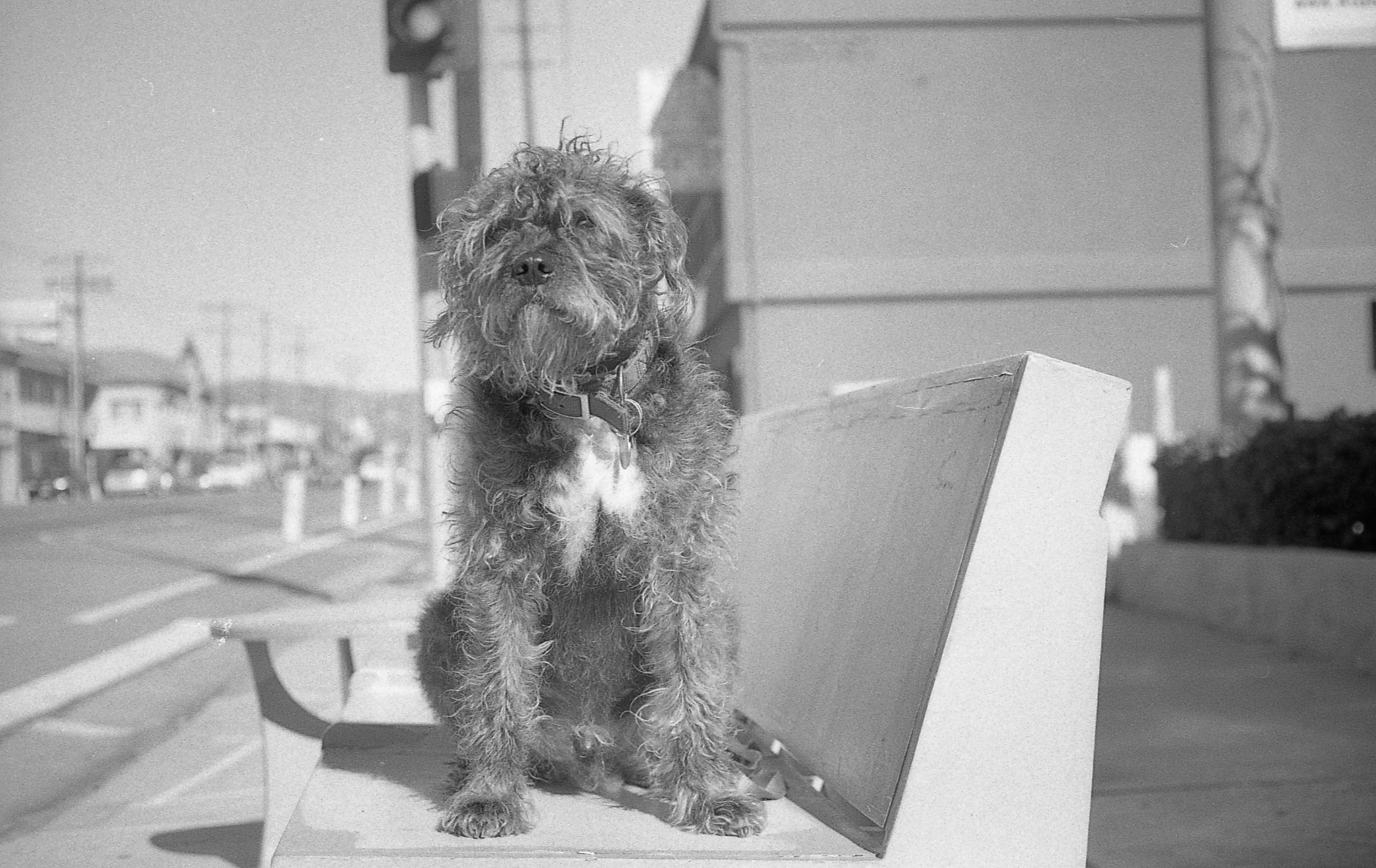


Los Angeles Birthday Party Photographer at Kidville Brentwood
Birthday Party Photography at Kidville
Here are just a few images from a recent birthday party I photographed at Kidville in Brentwood.
As always, my core belief when it comes to photographing events of any type is that capturing emotion filled candids should always be a photographers focus. Being able to provide shots like these is what I value above anything else.
As a kids birthday party photographer, this is especially important. I want to create photographs you will cherish for a lifetime.
If you are looking for a birthday party photographer in Los Angeles, please get in touch. As always, my focus is on creating outstanding images that truly capture something rather than stale, boring images about nothing :)
I offer competitive rates for smaller events like kids birthday parties, so don’t hesitate to reach out! Unlike other photographers, I do not offer packages. Rather, all of the images edited and in high resolution are included in my hourly rate.
info@mikmilman.com
(818) 275-1645
Anscomark M Film Camera. First Impressions.
Anscomark M Film Camera
The Anscomark M is the sturdiest camera I have ever held. "Built like a tank," is one of the most overused expressions when it comes to cameras, but it really does apply here; We are talking WWI era tank to be clear ;) This camera is feature-full from built in selenium light meter, threaded cable release hidden below the shutter button, to it's interchangeable lenses. Unfortunately it can be very hard to find lenses for this camera if you can even find the camera at all. I am looking forward to shooting with this camera and I'm very excited to share my results with you all!
My First Impressions
I picked this camera up just because of how strange it appeared. I knew very little about it and to be honest when I find a new camera I’ve never heard about, I prefer to experience it before doing my research. That’s not to say I do not research it at all: I just do enough research to know what I’m getting into.
The first thing that stood out is the Anscomark m’s styling: It is unlike any camera I have ever seen. This camera resembled a 1960’s classic American car more than any other camera.
When it comes to it’s build quality, there’s something very unique here too… rather than having the feel of a well engineered watch like a Leica M 3, the Anscomark M feels more like an industrial toaster or classic car. It feels substantial and heavy. It has hard lines and edges, not something you’d typically see in something you would be handling often.
That’s it for now, but I’m really excited to start using the camera and sharing my thoughts.
I have been a professional event photographer for 10 years while teaching photography at the same time. Follow the links below to see my work. Instagram | @retrograding https://www.instagram.com/retrograding/ Facebook | https://www.facebook.com/mikmilman/ www.mikmilman.com Instagram | @retrograding https://www.instagram.com/retrograding/ Facebook | https://www.facebook.com/mikmilman/ www.mikmilman.com
Los Angeles Event Photography: Shooting Detail Shots with a 400mm Lens
If you’ve been reading my event photography blog or following my Youtube channel on event photography, you probably know how important I believe it is to stay engaged with your craft, and to try new things in order to keep things interesting and avoid burnout. At a recent event in Malibu California, I did just that.
Using my Canon m50, a vintage 400 millimeter lens as well as a Minolta MC Rokkor - PF f1.4 lens and a Canon FD 50mmm macro lens, I decided to challenge myself to not only use vintage, manual focus lenses to make interesting detail shots, but to also to also use a Canon m50, a non professional grade camera.
As always, I showed up to my job early- very early. This allowed me to get all of my “safe” detail shots, with plenty of time to experiment after.
I use a variety of lenses when shooting detail shots, but usually I use the Canon 24-70mm f2.8, Canon 135mm f2, and the Canon 85mm 1.8. Like I said, I shoot “safe” first and only use available light or a single strobe. In this case, there was plenty of beautiful diffused light to work with.
After getting all the safe shots, first I switched over to the Canon FD 50mm Macro. This has been an incredibly fun lens for me to use. I don’t actually own a modern macro lens. Honestly, as an event photographer, I don’t really need to. But I have found that it has allowed me to really open up my mind to new possibilities when it comes to shooting detail shots: the ability to get really close allowed me to shoot details of the details, which I quite enjoyed. A quick note: you do not need to shoot close up with a macro lens. They can of course be used as a regular old lens if you choose.
Next I decided to try using my Minolta mount 400mm telephoto lens. Adjusting for the Canon M50’s crop, this is a 600mm lens… without image stabilization. Because of this, and my desire to shoot wide open, I found it an incredibly difficult lens to pull focus with. But when I was able to pull it off, it definitely created a unique look due to its compression.
Lastly, I shot with an old school Minolta MC Rokkor - PF f1.4 lens. I love this lens. In all honesty it’s not super sharp wide open, but I honestly don’t mind it. I love making images that have a unique look. I’m not one for arbitrarily stylizing my images just to make them look different, but using vintage lenses to get a different look works for me.
Interested in seeing some vintage glass compared?
Comparing Vintage Lenses on the Canon M50
I have been a professional Los Angeles event photographer and photography instructor for over 10 years. Follow the links below to see my work and be sure to subscribe to my channel on Youtube for more videos
Instagram | @retrograding https://www.instagram.com/retrograding/
Facebook | https://www.facebook.com/mikmilman/
How to Use an External Camera Flash // Part 2
Part Two of How to Use an External Camera Flash
In this video I focus on how to properly use modifiers and bounce your flash for more pleasing results. I use all of these techniques in my event photography work, but they are applicable to anything. Watch the video below for more information. I also wrote the main points in the continuation of this article.
No Modifier, Flash Pointed Forward
Unless you’re going for a 90’s disposable camera aesthetic, this is the worst way you can use your flash. It creates a very flat image as it lacks tonality due to the flash coming being positioned on axis with your lens. Directional light creates depth. Lighting without direction looks flat. The effect is especially noticed on faces in which this sort of light creates what I call a “frog face” look, as people’s features are flattened and blown out.
Bouncing Your Flash Off of the Ceiling and Using a Fill Card
This is my least favorite way to bounce light, but it works. You simply aim your flash upward in order to bounce light down onto your subject. This bounced light will be softer and larger than light directly from your flash/strobe unit. The fill card has the effect of adding a catch light in the eyes of your subject. Without this, you can potentially get the “dead eyes” look in which eyes appear lifeless due to not having a light source reflected in them.
Bouncing Your Flash Off of the Corner of a Room
This is my favorite way of using my flash. It allows for a natural gradation of light to cascade across your subject, adding depth. Using your flash in this way also has the effect of more evenly falling across the ambient environment, crating a more balanced, and therefore natural look.
Bouncing Your Flash Off of a Wall Directly to Your Side
This is a technique I don’t use often, but to great effect when I do. By bouncing my strobe off of a white wall immediately to the side of me and my subject, I am able to get a giant softbox like effect. This large window of light has a more studio like look I love when appropriate.
Using a Light Modifier (Any Defuser)
This is my least favorite way to diffuse my light. It gets the job done in that it creates a softer, more flattering light. But what I don’t like is that it lacks direction, which creates a flatter look. However, when there are no walls to bounce light off of, this is your only way to go…for the most part. The way I solve this problem is by hand holding my flash and triggering it from my camera. This can be a goofy way to work, having to hand hold your flash in one hand and your camera in the other, but it does create very pleasing results. You’re essentially creating a Rembrandt light setup.
I have been a professional photography work for 10 years while teaching photography at the same time. Follow the links below to see my work and be sure to subscribe to my channel on Youtube for more videos
Instagram | @retrograding https://www.instagram.com/retrograding/
Facebook | https://www.facebook.com/mikmilman/
www.mikmilman.com
How to Use an External Camera Flash // Part 1: Settings
How to Use an External Camera Flash.
When photographing a wedding, party, or any type of event, You’re not always going to be able to get an exposure with available light. But you’ve probably noticed that on camera flash, well, kind of sucks. It's probably time you upgrade to an external flash.
TODAY I'M GOING TO GIVE YOU EVERYTHING YOU NEED TO KNOW TO GET STARTED USING AN EXTERNAL CAMERA FLASH.
Personally, when I'm using flash my goal is to make it look as little like flash as possible - and in the future, I’m going to give you some tips and tips on how to do so. But before diving into that, We need to talk about your basic settings and how your flash works. Like your camera, your flash has a manual mode. But without an effective means of metering - it can be impractical when on the move at a wedding, event, or anything requiring you to be on the move. TTL which stands for through the lens, however, is essentially your flash's automatic mode. The way it works is when you begin to make an image your flash actively meters the light returning to your camera and cuts off once its output enough light to make a proper exposure. But also, like your cameras priority modes, you can tell your flash to either under or over expose an image by varying stops. Remember, your flash doesn't know what it is photographing so it will always expose for middle gray. In my experience when photographing a bunch of guys wearing black suits I set my flash compensation to -1 When I shot weddings, when photographing a bride with flash, I over exposed by about a stop.
That's pretty much all you need to know about your flash's settings to get started.... But what do you need to know about your camera settings? Well because your flash is essentially shooting in auto - In order to have full creative control over how your images turn out its best to shoot in manual as your flash will adjust to your cameras settings for an exposure. However, It's important to note that flash exposure is solely determined by its output relative to your aperture and ISO alone. NOT shutter speed.
So in short: Set your aperture as you would normally dependent on your needs and taste and your flash will adjust. Shutter speed, on the other hand, while not having an effect on your flash exposure does have an impact on your ambient light exposure. But details on that will have to wait for another video.
I have been a professional photography work for 10 years while teaching photography at the same time. Follow the links below to see my work and be sure to subscribe to my channel on Youtube for more videos
Instagram | @retrograding https://www.instagram.com/retrograding/
Facebook | https://www.facebook.com/mikmilman/
www.mikmilman.com
Building a Photography Kit- Advice for Noobs. Advice from an Event Photographer in Los Angeles
In this video I talk about building a photography kit for event photography. I am coming from the perspective of a Los Angeles event photographer, but really this advice would work for a lot of different working professionals, from wedding photographers to sports photographers.
The gist of it is that the first and most important thing is to cover a wide range of focal lengths. This can be done with a 24-70 and a 70-200. Of course, f 2.8 variants are preferred, but you can get by with f4. When starting out, I recommend getting what fits your budget and upgrading down the line.
I also discuss getting “sexier” gear once you have your bases covered. This will allow you to get more creative with the look of your work.
I have been a professional event photographer in Los Angeles for 10 years while teaching photography at the same time. Follow the links below to see my work and be sure to subscribe to my channel on Youtube for more videos
Instagram | @retrograding https://www.instagram.com/retrograding/
Facebook | https://www.facebook.com/mikmilman/
www.mikmilman.com
5 Tips for getting Into Film Photography
Today I have Five tips for those of you just getting into film photography!
5 tips for getting into film photography
#1 Understand your fundamentals.
Contrary to what many say, (specifically people who have never taught a photography class) I recommend you understand your photography fundamentals FIRST, before attempting to shoot in manual. Yes, an all manual film camera distills photography down to the basics, but if you’re just learning, not being able to see instant results, will slow the process of learning down, as you will not be able to immediately correct for mistakes. And that's not to mention that by the time you see your work, you may forget what your settings and lighting conditions were. If you still want to jump right in, I recommend you get either a point and shoot or any camera with an auto feature. DO NOT LISTEN to people saying you learn best on a manual camera. That sounds good on paper, but in practice getting a blank roll back is a huge disappointment and very off putting. You want to be able to get excited about the process, and the best way to do that is to go out and shoot and not feel bogged down by settings or frustrated by blank rolls. Get passionate about photography first, the technical stuff can come later.
#2 Start with Black and White Film.
Maybe you’ve heard that black and white is more pure and all that- and that may be true. But if you’re just starting out I recommend shooting black and white because you have a greater leeway when it comes to properly exposing your image. Color requires you to be much more precise, so there is more room for error. And while on the topic of Film...
#3 Start with ISO 400 Speed Film.
400 speed film will give you good amount of flexibility in getting a proper exposure in varying lighting conditions. Sure, it's technically not as “sharp” as a slow speed film, but if you want perfect, you may as well shoot digital.
#4 When in Doubt, Over Expose.
Film photography is better at preserving the highlights and... When exposing film it’s better to have too much information than too little. Ideally, you will nail your exposure, but when in doubt, its always better to over expose than under expose.
#5 Take Your Time and Enjoy the Process.
One of the many reasons to shoot film is because of how enjoyable the hands on process can be and it’s ability to put you in the moment. Never forget that and have fun!
Follow me! Instagram | @retrograding https://www.instagram.com/retrograding/
Facebook | https://www.facebook.com/mikmilman/
www.mikmilman.com
Using Vintage Lenses on the Canon M50
Shooting with vintage lenses on the Canon M50 is so much fun. Even though you lose your autofocus when doing so, getting footage with character is awesome- and affordable! I will be experimenting with shooting with my m50 and vintage lenses for a while. I have to say, I am liking the m50 more everyday.
In the above video, I compare the Canon fd 50mm 1.8, Pentax 50mm 1.4, Minolta 58mm 1.4, and the Yashica 50mm 1.4.
What do I think?
The Pentax SMC 1.4 is still my favorite vintage lens of all time- even if this particular test wasn’t amazing. There’s something about the build of the Minolta I love, but it skews green. And lastly, I was quite impressed with the Canon fd 50 1.8. I like it a lot more than I thought.
Nikon F3 the best camera I don't use
The Nikon F3 a camera so good I don’t use it.
How I Got My Nikon F3
I got the Nikon F3 when I first returned to shooting film. When I first started taking photography classes in college, I shot on whatever I could get my hands on. Unfortunately that was an elan ii with a kit lens. The Elan ii wasn’t a bad camera, but the kit lens it came with was pretty mediocre… not that I cared. I knew little about gear. It was the process of shooting, developing, and printing that I loved. But that said, returning to shooting film as an adult, I found I could suddenly afford (if I wanted to), just about whatever film camera I wanted. I naively thought that if I just got “the best” manual focus film camera that I would be content. But unfortunately two things happened: First, I ended up picking up a Nikon F3 that was so pristine that I didn’t want to ruin it. I honestly only shot one roll with it. Second, I realized that part of the fun of shooting film wasn’t shooting on the “best” cameras. Rather, it was about shooting on many cameras. I soon found my collection growing at such a rapid pace (too rapid), that I didn’t have time to shoot multiple rolls through a camera, save a a few favorites.
The Nikon F3 is the or one of the best manual focus 35mm cameras ever made, there's no doubt about it. But I like cameras I can use and my personal copy is in pristine condition. There’s no way I want to change that. Many might say that I should just enjoy it and I get that. But no new Nikon F3s will be produced and the preservationist in me bare to see mine destroyed.
Also, Nirvana is the best.
Four characteristics of film you need to know!
The four characteristics you need to know about film
Parts of film:
Clear, flexible plastic support, called the base.
This is coated by...
Microscopically thin emulsion which is a chemical compound of light-sensitive silver halide crystals suspended in gelatin (yes that gelatin)
Antihalation layer
Protective layer
Film Characteristics are:
Film speed
Grain
Tones
Contrast
Grain
When film is developed, the silver halide crystals that were exposed to light form small black clumps of metallic silver called grain
Prior to this when film is exposed it forms an insvisible pattern of altered silver halide in the emulsion.
This is known as a latent image.
Size of grain particles is relative to film speed. The lower the iso, the smaller the grain- often referred to as fine grain.
It’s important to note that while in general the higher the film speed- the larger the grain- not all film brands are created equal. Grain will vary.
Tones
Tones refer to the range of grays contained in an image. In general the slower the film speed, the larger the tonal range
Contrast
The relative difference between light and dark tones.
Note: there are many factors that contribute to the contrast of an image.
Understanding Light in Photography
Understanding how light work is essential to any photographer. After all, photography is at its base, capturing light, whether on film or a digital camera sensor.
I have written quite often how important it is for an event photographer to be technical. A deep technical understanding of photography as well as experience allows everything to just get out of the way of your creative vision. But I have to admit, in watching other professional photographers work, I have been surprised by their lack of understanding the basics.
There are three things to consider when talking about light:
Quality of light
direction of light
Amount
Quality of Light
Light can be either hard, soft, but there are varying degrees of hard and soft light.
Characteristics of a hard light source:
Hard light will have heavy shadows: more accurately, hard light sources create very crisp lines of shadow with very little gradation. Because of this, images shot with a hard light source gives the subject the appearance of having more detail or texture.
Synonyms and / or descriptors used when talking about hard light:
Harsh light - because of the extra detail it creates
Direct light - because hard light comes from a direct single spot opposed to soft light which is indirect
Examples sources of hard light:
The sun
Flash
Unshaded light bulbs
Characteristics of soft light
A soft light source is best thought of as indirect or spread out light. Think of how light enters inside of your home through the window. That light is bouncing around and spreading out before it ever reaches the glass. Soft light can be identified by elongated shadows (more gradation).
Synonyms and/or descriptors used when talking about soft light:
Indirect
Diffused
Examples of soft light
Window light
Shade
Light bouncing off of a white or lightly colored wall
Cloudy or overcast days
Direction of light
The direction of light plays a huge role in the look of your photograph.
As an experiment photograph the same person or object from the front of, the side of, and behind your light source to see what happens. You will end up with three very different looking images. Notice where the light begins to fall off. Which image looks like it has the most depth? Which looks flattest?
Amount
The amount of light is self explanatory but should not be confused with the quality of the light. You can have both an abundance of soft light as well as hard light.
Picture a scene in heaven in a tv show or movie. It is always depicted with lots of bright light, but that light is soft!
Amount
Amount is simple. It's how intense your light source is. Thats it. Both hard and soft light sources can be very bright or very dim.
How to Open a Film Canister Without a Bottle Opener
How do you open a film canister without a bottle opener or any other tools? Easy. In this video, I show you how to open a film canister with just your hands.
How do you open a film canister without a bottle opener or any other tools? Easy. In this video, I show you how to open a film canister with just your hands.
Voigtlander Vito ii Review
For the last year I have been ordering cameras from the internet without knowing if they would work. 95% of the time they do. And when they don’t it's usually an easy fix. Sometimes, not so much and I destroy a $250 camera learning to fix it. Usually what happens is that I break something else while trying to fix the actual problem.
The Voigtlander Vito ii is an old camera. Maybe not my oldest, but my first folding camera! The problem with folding cameras, is that due to age, the accordion portion of the camera is prone to light leaks etc. Maybe I’ve just been lucky ordering cameras in unknown working condition, but these days I just have faith they will work. I wasn’t wrong! I spent exactly $50 after shipping on this little guy, which is no small amount but wouldn't have been the end of the world if it didn't work. The $1,000 Leica M3 I recently got would have been another story- Dont worry, that worked too!
A Brief history of the Vito ii
First made in 1949 as a follow up to the OG Vito. I know it was produced for several years and had several variations. I tried to figure out which year mine was produced in until I realized I don’t really care. But I do know this, it has an accessory shoe so it's a later model. But I don’t know if its by design or if its detachable (I haven’t wanted to try). Update: its easily detachable, but it looks like a shoestring production. I mean the shoe covers the damn logo! Important to note: the accessory shoe is just that. It is not a hot shoe and does not communicate with the camera. I also know that there were two models: one with 4 shutters speeds and one with 8. But mine has 9? Maybe it's my dementia but I can't make sense of it.
Design
There is a standard looking button on the bottom of the camera that needs to be depressed to open it. Less obvious are two little tabs on the inside of the door that need to be pressed before closing the camera.
Aperture and shutter are set right on the lens in addition to a shutter tensioning lever, which must be wound prior to taking a photograph.
The camera uses zone focussing. It is not an SLR or a rangefinder. You basically approximate your distance and set it on the focussing ring denoted at 3.5 ft and in increments up to 60 ft before infinity. Oh, and there's also a triangle between 10 and 12 feet and a circle before 60ft. Voigtlander suggests you set your distance on the triangle for anything closer than 16ft and the O anywhere above. But honestly this is just a feature for people that don't use their brains too good. I never had a problem guessing distance. But I will say I embraced the challenge and quirks of using this camera and shot mostly at f16 to ensure a good amount of depth. When I did miss my focus it was experimenting with a more shallow depth of field at a closer focussing distance in which guessing by a foot or so off would make a bigger difference.
Look and Feel
I really love this camera. It’s a great camera just to have for decoration to be honest. It looks that great. If a Leica is a 10 and a Holga is a 1, I’d say the Vito ii is about an 8, maybe even 8.5. My copy is in great condition. It actually looks as if it were never really used. A bit of the leather was starting to separate from the body, but some glue did the trick.
And now for what really matters,
The Experience of Using a Voigtlander Vito ii
It’s hard not to marvel at the meticulous and clever designs of fully mechanical cameras and with the Voigtlander Vito ii there's no exception. Folding the lens out works flawlessly. When folded in, the camera is still quite a bit larger than say a Rollei 35, but the 35’s lens does not retract. What that means is that while the Rollei will fit in a front pocket, it feels awkward. On top of that, the Rollei’s lens being exposed means you will need a lens cap. I have not figured out if they make one in the Rollei size yet. I’m sure they do...
But with the Vito, when the lens is retracted into the body its mostly flush. In fact, most of the cameras components are streamlined into the body. Because of this the Vito slides right into my pocket and I don’t have to worry about the lens getting scraped. Nor do I have to worry about accidentally setting off the shutter release. So usually I would go ahead and wind the camera and set the shutter tension before closing it up. This way, when I was ready to take a shot the camera was ready to go once opening it up. This can be more important than you’d think since having to shift the tension lever before you can trigger the shutter ads an extra step which can make a difference when wanting to quickly grab a shot.
Operating the camera took some getting used to. Because the shutter speeds, aperture, and of course focussing scale are located on the lens, you need to reposition the camera to see your settings. It took me a few rolls to not constantly forget to wind the tension lever. But eventually It came naturally and I realized it made sense to always have the camera ready to go and started doing all that before closing it.
I have so much fun shooting with anything that gives me a novel experience. I especially enjoy the challenge and the process of getting used to shooting differently. The vito checked those boxes. But if this were my only camera, I would definitely prefer a rangefinder. I’m fine with scale focussing, but the viewfinder proved to throw my composition off quite a bit. In fact it straight ruined a few shots, cutting my subject off.
Should You Buy The Voigtlander Vito ii?
If it's going to be your only shooter, no. You may have trouble using scale focussing and the viewfinder (AKA a hole in the camera) is not going to be the most effective way to frame your shots. However, if you are like me and you enjoy using different cameras with different quirks, then yes, buy this camera!
I think I paid a pretty decent price for this camera considering its condition. It feels practically new. A camera twice my age and it still looks new! I could probably sell it and make a few bucks in fact, but I really love this guy and I’m pretty sure I will be keeping it. After fully testing it I still loaded another roll of film because I knew I wanted to keep shooting with it. I still have not developed my color film shot with the Vito ii, but here are a few black and white images I shot at the dog beach. Dogs. Hell yeah.
5 Reasons You Should Get the Canon A1
Canon A-1
More Camera
You may be familiar with the Canon AE-1, perhaps Canon’s most iconic manual focus film cameras. The AE-1 has surely secured its position as an icon. And as such, with the resurgence of film, commands quite a price. At the time of writing this article, an AE-1 can run up to $250.
Conversely, the Canon A-1 is far less iconic of a camera. Yet it is a superior camera in most ways. The Canon A-1 sits atop Canon’s prosumer line of the era and features full manual control, shutter priority, aperture priority and full auto control.
Build Quality
The Canon A-1 is built with more premium materials than the AE-1 or some of its competitors such as Minolta’s X-700.
Lenses
During the production run of the A-1, there were over 50 lenses available. That means there are lots of options and lots of them out there.
Be proud
Proudly smirk at all those suckers with an AE-1, knowing you have more camera.
Price
You can get an A1 for about $100 at the time of writing this article. That’s not bad at all.
Advanced Event Photography Tips You've Never Heard
Below are 5 of my most advanced event photography tips. I have developed these tips and methods for over 10 years, shooting events in Los Angeles. I hope they help you on your own journey as an event photographer.
#1 Pre-select your focal point for a faster shooting experience at events.
Use your focus point controller to pre-select where your point of focus will be prior to the viewfinder reaching your eye. Keep in mind that this will require you to first develop the ability to first pre-visualize your composition prior to looking through your viewfinder. With practice this becomes intuitive. I learned this tips through repetition, after shooting hundreds of events in Los Angeles. With time, you will find yourself automatically adjusting your focus point while lifting the camera to your eye.
Although Prime lenses can be seen as less versatile for event photography, their set field of view actually makes pre-visualizing your composition easier. In time, prime lenses can be used nearly as effectively as zoom lenses. With practice you will intuitively know how many steps forward or backward you need to take in order to match the pre-visualized image in your head, all while having their own unique benefits such as reduced weight, faster apertures, and of course that guaranteed field of view already discussed.
Update:
New technology seen in mirrorless cameras may outdate this method of shooting. As face and eye detect technology improve, setting your focus point may in part become a thing of the past.
#2 Shoot with both eyes for maximum event photography coverage.
While one eye frames your shot, use your other eye to monitor the action.
Doing so improves your timing as you’re no longer viewing what’s in front of you through the tunnel of your viewfinder. Additionally you are able to monitor the space for other potential images. This will help maximize your coverage of an event. Remember, when it comes to event photography, your goal should always be to provide more coverage, not more images for the sake of more images.
Update:
Again, this is another way of shooting that may be upended by mirrorless cameras: at this time my experience with shooting on a mirrorless camera at events is not thorough enough to make a conclusion, but I am personally concerned with how seeing reality with one eye and a digital screen with the other may make for a disjointed shooting experience.
#3 Read the room to capture more moments.
Follow the energy. This is not hocus-pocus, woo woo stuff. Do not overthink it. Follow the energy for more interesting candids.
You will find that when you are truly present: when all your senses are in tune with the chorus of noise, movement, and things we are never even conscious of, that you will find yourself moving toward where the action at an event really is… sometimes seemingly before it even happens.
A note:
When photographing an event, following the energy, and focussing on the moments, you will find that you may naturally end up with more photographs of some people than others. This is normal; some people are just the life of the party. However, it is a good idea to balance this out by trying to “even out” your coverage by doing a once over of a location here and there and just try to get a shot of every individual you may have missed.
#4 Predict smiles
Have you learned to follow the energy? Good. Now it's time to predict a smile. Following the energy will get you where you need to go, but as an event photographer, you need to be able to capture the emotional highs and defining moments of an event. One way I do this is by predicting smiles.
When someone is about to smile, you can first see it in their eyes. At events, people are usually too busy talking to smile, but in between sentences they will smile to connect with the person they are talking to. This is the moment I am waiting for and I know it’s coming by watching my subjects eyes.
#5 Time Your shot ahead of the peak of action.
Your motor skills has a delay. Your camera has a delay from the moment you press the shutter button and the moment it makes an image, albeit small. Experiment with timing your image just before the peak of action to counteract that delay. I have found that with practice that I only need one shot to do this. Shooting in continuous can in theory guarantee you capture a moment, but I have found it has made me less in tune with moment at hand and when I stay focussed and time my shot perfectly, I am able to guarantee I capture the moment better than holding onto my shutter and hoping for the best. Also, I really don’t like the process of editing down my event photography coverage when I have overshot. It is more time consuming and delivering files quickly has become increasingly important when it comes to event photography.
My event photography tips conclusion
Connecting the dots, you can see how all of these tips are used in unison:
By staying present, reading the room, and following the energy, I am able to gravitate toward areas of an event in which lots of action is going to happen. By reading people’s eyes, I am able to predict who is about to smile and pre visualize my shot as I move into position, all while pre selecting my autofocus point before the camera hits my eye. By shooting with two eyes open, I am able to time my shot and already know where my next shot is going to be… then I repeat.
I spend a lot of time thinking about how I can improve my event photography. It is important to me to always stay engaged with my craft and never settle. This has allowed me to constantly improve at event photography and I hope my tips help you on your own journey.
UPDATE:
Since writing this blog post, I made a new video talking about how I use my tips together, in concert as an event photographer. Check the video out below.
5 Reasons You Should get a Minolta X700
5 Reasons You Should get the Minolta X-700 with photos of the minolta x700.
Minolta X-700
a class leader.
Why You Should Get a Minolta X-700
Features
The Minolta x-700 shoots in full manual, full program, and, unlike other cameras of this generation (ahem, canon AE-1), in aperture priority
It's the Lenses, Stupid (and price)
Minolta glass is some of the best out there. And while Canon and Nikon grew to dominate the SLR market, Minolta faded away, eventually being purchased by Sony. Because of this, their cameras and therefore lenses are undervalued but with plenty of them out there. Get a Minolta X-700 for less than it's Canon equivalent and enjoy access to lots of affordable lenses.
Design of the X-700
It's subjective, sure, but the Minolta X-700 is one of the best designed cameras of the 80's. It reminds me of my 1987 BMW 535is: hard lines and angles.
Isn't she beautiful?
anyway, back to the Minolta X-700...
Build Quality of the X-700
In the 80's, camera manufacturers began their shift to using mostly plastic in their cameras (the worst). Personally, I can't stand plastic in general, especially on cameras. But unlike some of it's contemporary camera designs which attempted to conceal its plastic components like the Canon AE-1, the X-700 is unabashedly plastic- something I can respect. I should also mention that I have ordered a half dozen Minolta X-700s online without knowing if they would work; all of them worked.
Cool Factor
Smirk when you see people shooting with an AE-1, knowing you have a better camera that probably cost you less. The X-700 is a true Underdog.
Conclusion
The X-700 is a true classic. It was Minolta's flagship camera that capped an end of an era of manually focussed cameras. In 1985 Minolta introduced their first autofocus camera, the Maxxum 7000, yet the X-700 stayed in production for about 20 years since its inception in 1981.
When people ask me to recommend a "modern" manual focus camera, the Minolta X-700 is my go to.
Before you go…
Are you interested in seeing how I use my X700?
What is Composition?
This article discusses composition in photography. I personally use all of the “rules” of photography in my event photography as well as my personal work. It is also the first thing I discuss with new students.
What is Composition in Photography?
Simply put, composition is the arrangement of structural elements in a photograph.
Many decisions go into taking a photograph.
When I was studying photography the first thing I learned was the many “rules” of composition. However, its best to think of them as elements of design you have at your disposal, not as strict rules to follow. Here are a few to get you started.
RULE OF THIRDS
Imagine that your image is divided into 9 equal segments by 2 vertical and 2 horizontal lines making a sort of tic-tac-toe grid. The rule of thirds states that you should position the most important elements where these lines intersect, or more simply put: one third of the way into your frame. Some cameras even have the option to overlay rule of thirds guidelines in the viewfinder or lcd screen.
Why rule of thirds? First, we are used to seeing subjects placed in the middle of the screen. By placing your subject somewhere else, you can instantly add visual interest to your photograph. Second it gives us an opportunity to use that space in interesting ways...
BALANCING ELEMENTS
Try evening out a scene using the rule of thirds by adding something of similar visual “weight” (how much the eye is drawn toward an area). You can add in less important subject matter, or draw the eye toward your main subject using leading lines...
LEADING LINES
When we look at a photo our eye is naturally drawn along lines. By thinking about how you place lines in your composition, you can affect the way we view the image, pulling us into the picture, towards the subject, or on a journey through the scene. There are many different types of lines - straight, diagonal, curved, zigzag, radial etc - and each can be used to enhance our photo's composition.
examples of leading lines:
A winding river
Fences
Wood planks
Column
DIRECTION
Every image has direction- the natural journey your eye travels through a photograph. Use that direction to tell a story. Use a variety of elements of composition to create direction in your photograph.
SYMMETRY AND PATTERNS
We are surrounded by symmetry and patterns, both natural and man-made. Don’t be afraid to get up close to nature to look for those patterns and really pay attention to how patterns, symmetry, and geometric shapes are used in man made structures.
FRAMING (sub framing)
Use available objects to surround your subject, drawing the eye toward it, essentially creating a vignette.
Example uses of framing:
Placing your subject in the inside of a tunnel
Shooting through a hole
Shooting through a window
Shooting through a fence
Shooting through foliage
And now a big list of things to consider when making a photograph...
How close to my subject do I want to be?
Is my subject’s surroundings important?
How do I want to portray my subject?
If my subject is a person, do I want them looking at the camera? Why or why not?
Is there an emotion or feeling I want to capture?
Is there a story I want to tell with this photograph?
What inspired me to take this photo?
How does the eye travel through this photograph?
How many different ways can I shoot this photograph?
How is the photograph I am taking different than what anyone else would take?
Am I paying attention to my background as much as I am to my subject?
I hope this helps get you started on improving your photography. Feel free to comment below with your own tips or questions!
How to Improve Your Photography with Five Tips.
The following photography tips are based on experience I have accumulated from over 10 years of teaching photography and shooting as a professional event photographer in Los Angeles.
1. Always be Working on SOMETHING Whether You’re a Professional Photographer or an Amateur.
This can be a technique, a style, it can be shooting in low light. IT DOES NOT MATTER WHAT IT IS; Just always be working on something. Don't get complacent. If you’re going into a job or personal project or just doing some travel photography, go into it asking yourself: “WHAT DO I WANT TO WORK ON TODAY?” I do this in both my professional work photographing events and in my personal work as well. Recently, I have been challenging myself to shooting more film portraits while professionally photographing events. Living in Los Angeles has afforded me the opportunity to photograph both celebrities and politicians with my film cameras. Asking politicians and celebrities I work with to shoot their formal portraits has pushed me out of my comfort zone and forced me to work calm and quickly. Can you imagine what it was like to ask Nancy Pelosi, the person third in line to become president, to sit for me to photograph her with a vintage Rolleiflex? Not only have I grown as a photographer through this endeavor, and those like it, but the challenge has been thrilling.
2. Keep a Photography Journal.
This one layers onto the idea of always working on something. My advice: go into a job, a shoot, or project with an idea of what you want to achieve. Afterward, journal your experience- and this is important: YOU MUST DO THIS WITH KINDNESS. What does this mean? Remove your ego and do not limit yourself to what did not work. Be kind to yourself and ask, what went well and WHY? As for what went wrong, do your best to address it with in a dispassionate way.
3. Take a Class and Find a Mentor.
Everyone learns in a different way. Some people can go it alone but most cannot. It doesn't mean that they're not talented, just that that is not how they learn. A class (hopefully with hands on experience) will give structure to your learning process. Additionally it will provide you with some community.
If you’re interested in taking affordable photography classes in Los Angeles by an experienced event photographer, be sure to check out Barnsdall Art Center.
If you are learning to be a professional photographer, then the best way to learn is from a seasoned professional. Personally, I have trained several event photographers that have gone on to be excellent event photographers in their own right.
4. LOSE YOUR EGO and Get Some Feedback on Your Photography.
Try to get honest feedback from your peers and DO NOT rely on social media feedback. I swear to you, my least interesting photos are the ones that get the most likes. The images that perform the best are not necessarily your best. In the case of Instagram the images that are successful are the equivalent of junk food that gives you that blunt sugar, salt and fat fix. Good photograph is often layered and complex- not something to be observed long enough if takes to swipe.
5. GO OUT and Make Images!
How do you get good at guitar? You play guitar. How do you get good at photography? You take photos, lots of photos. Like anything, you need to practice if you expect to improve at photography. Hands on experience, in my opinion, goes so much further than anything else you do to improve your work. Yes, theory, art history, instructional videos, and such will all help you improve; But the hands on experience of making photographs is the glue that binds them together. I say this both out of common sense, but also from my experience as a photography instructor. Time and time again, it is my hands on workshops that my students say they benefit from the most.
Los Angeles Event Photography

